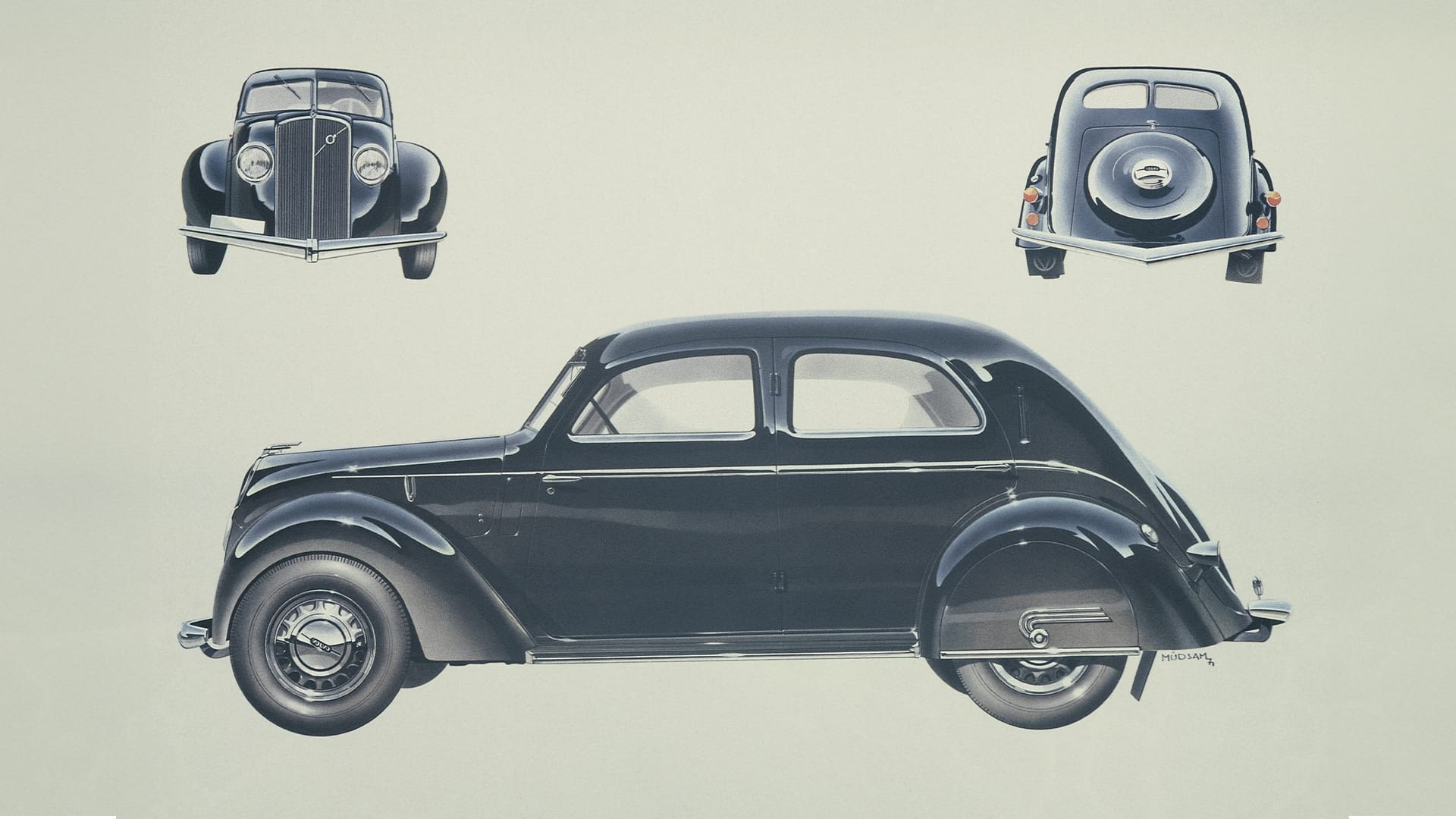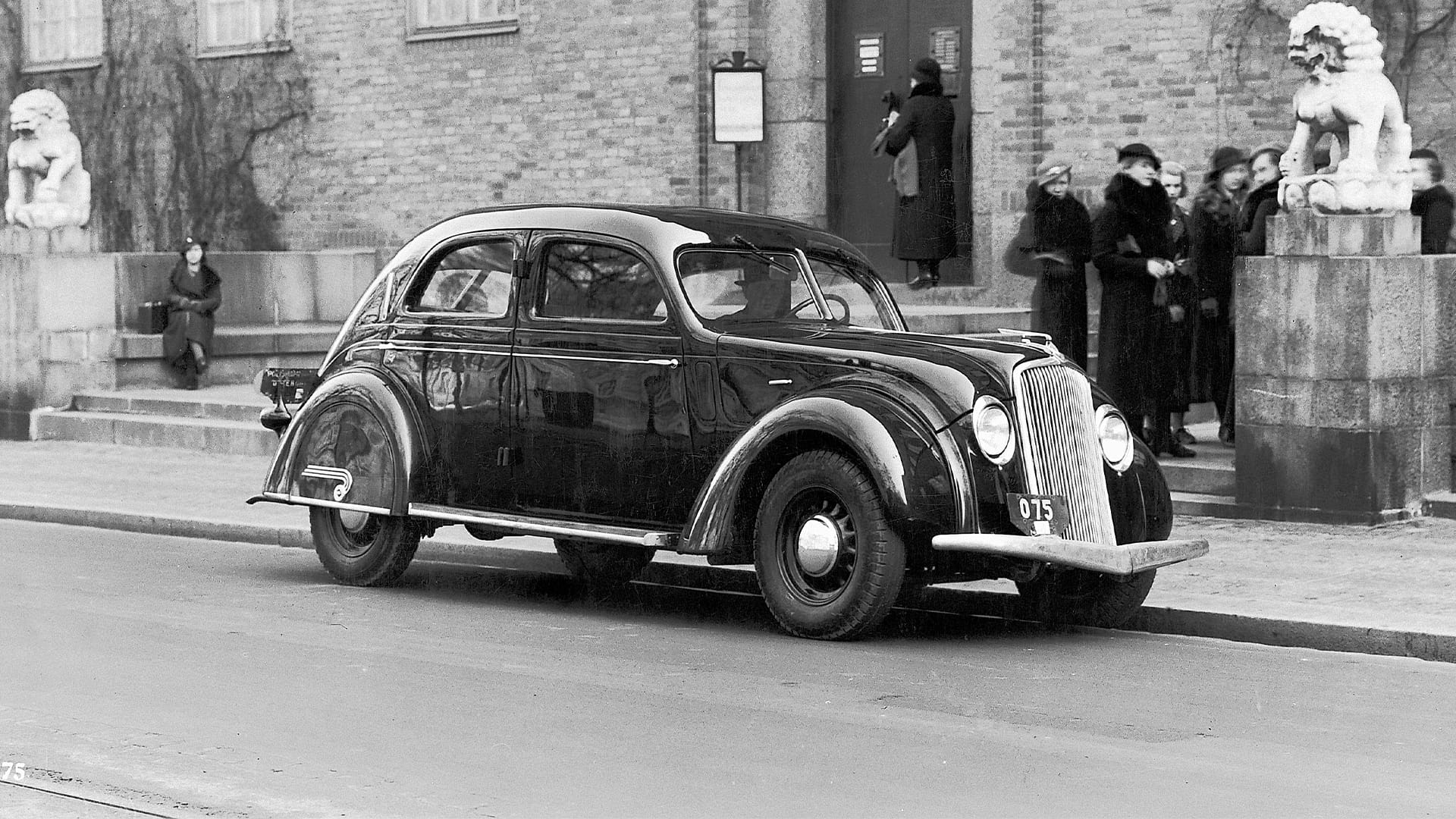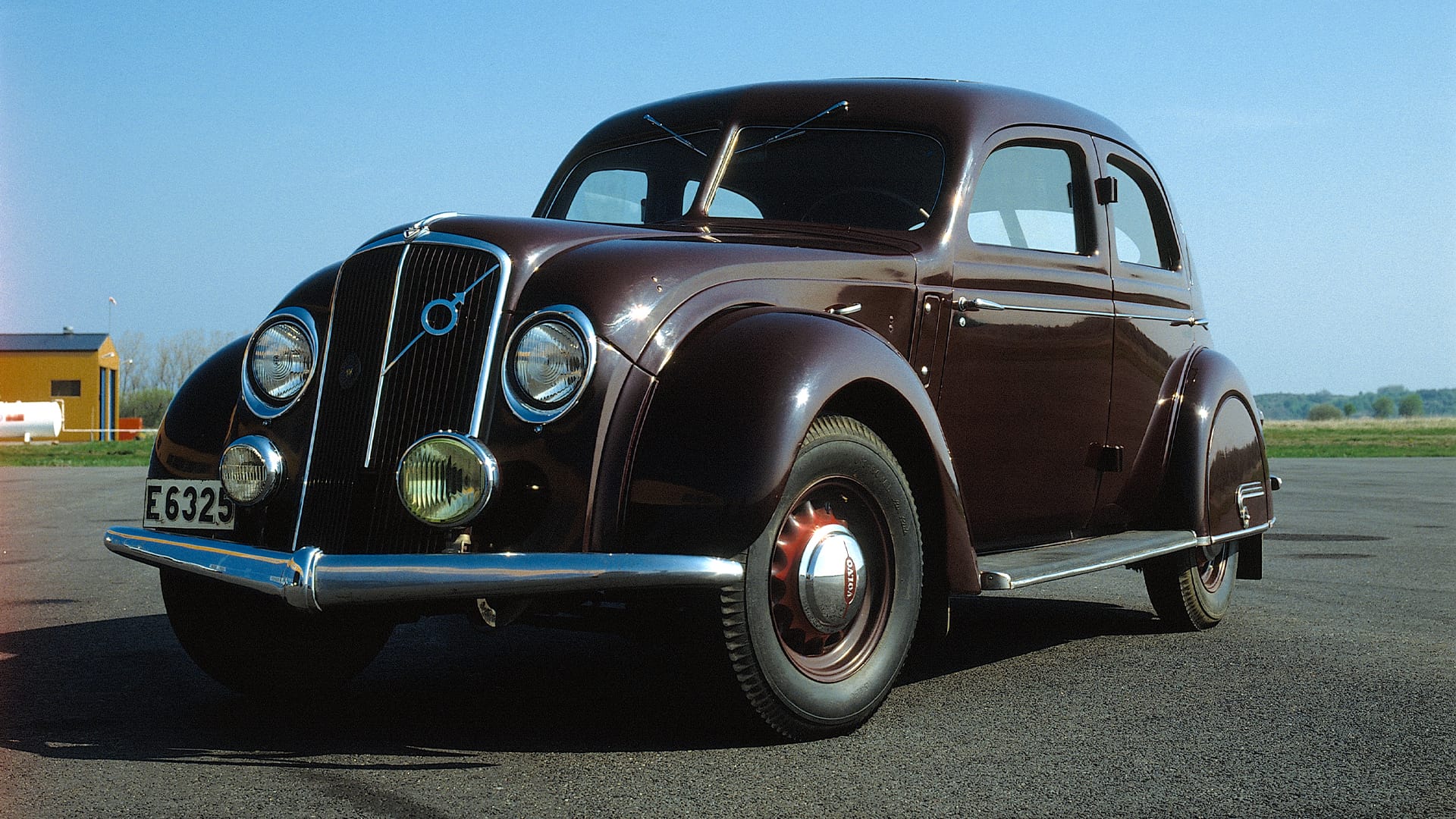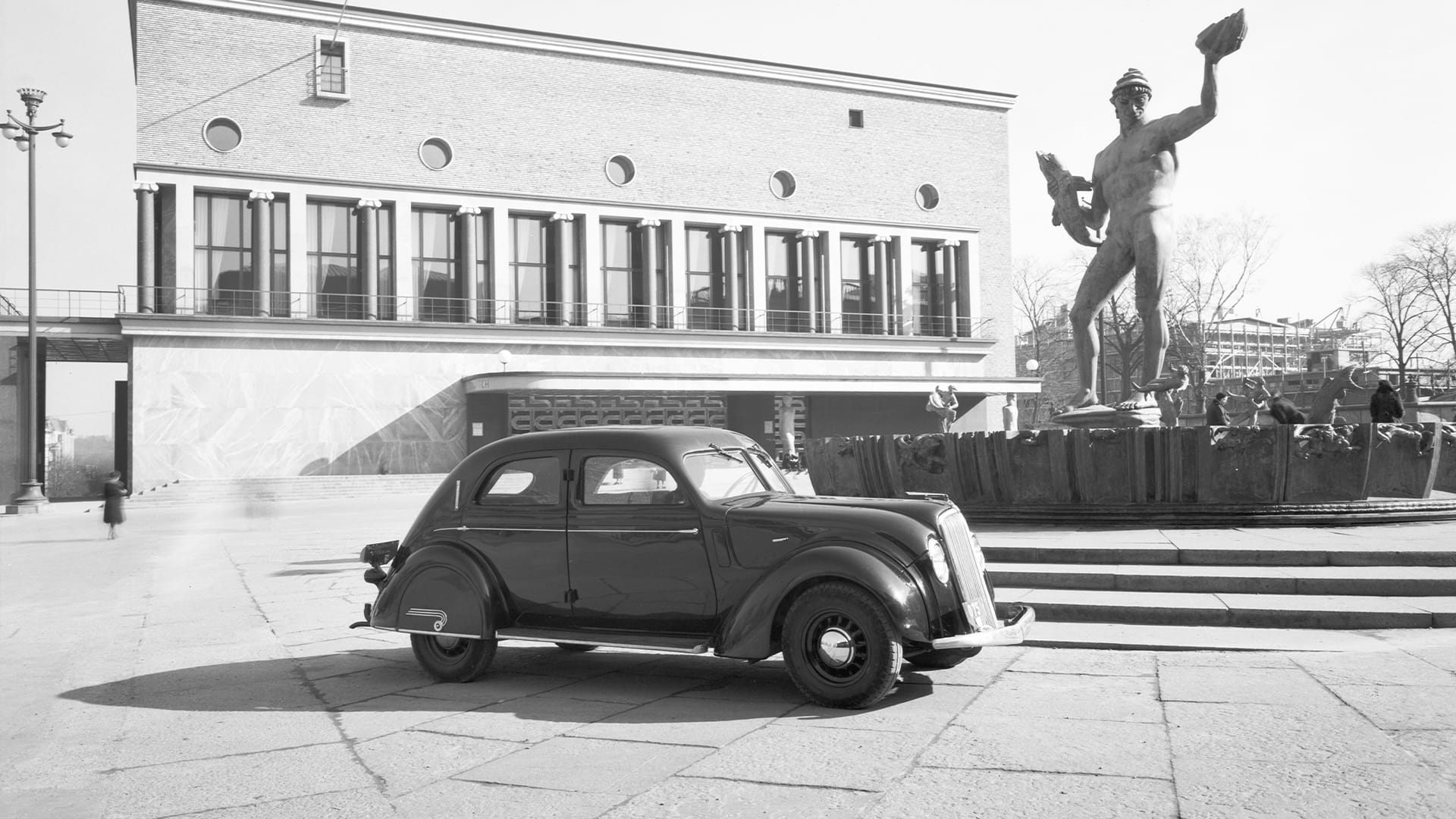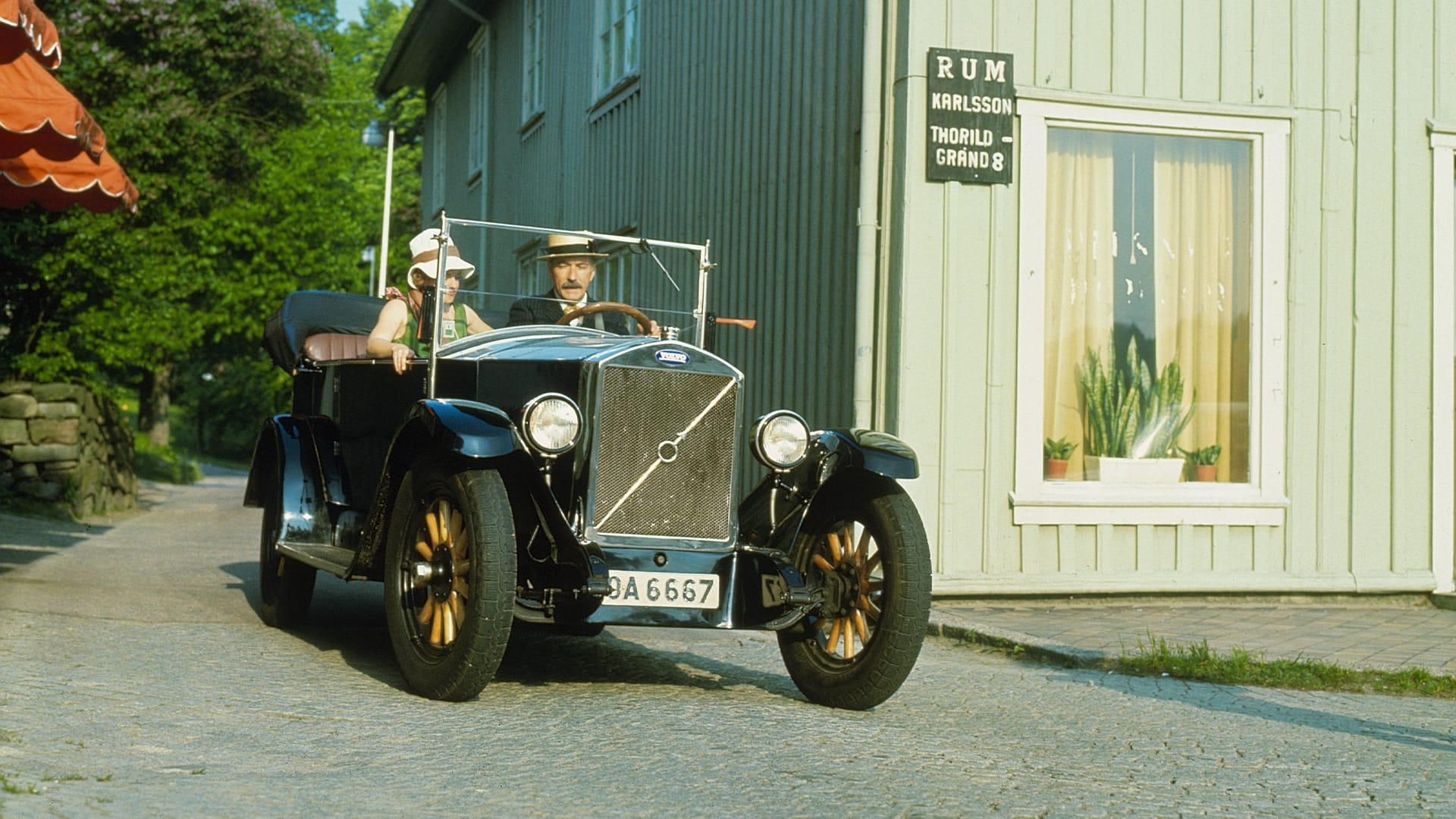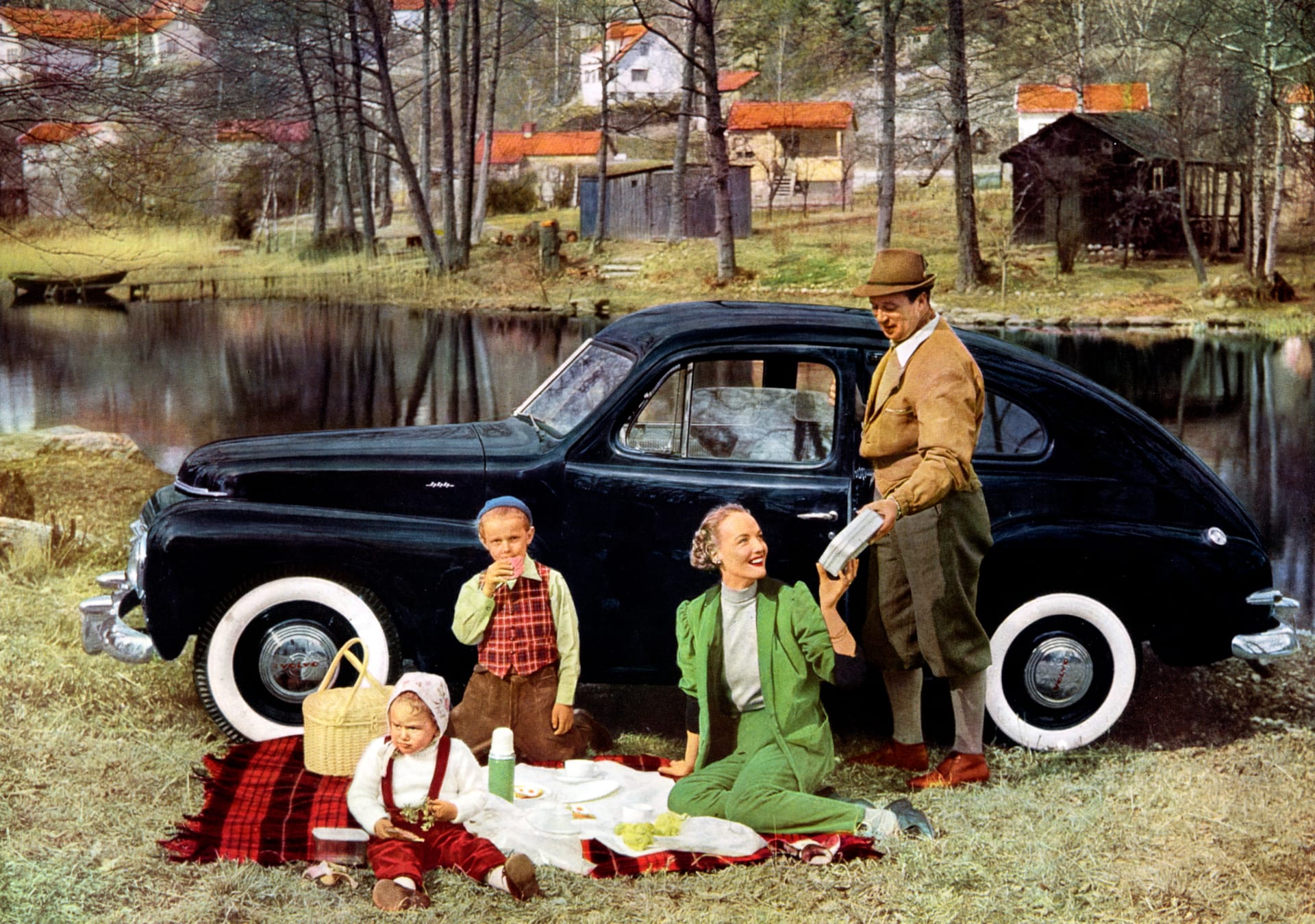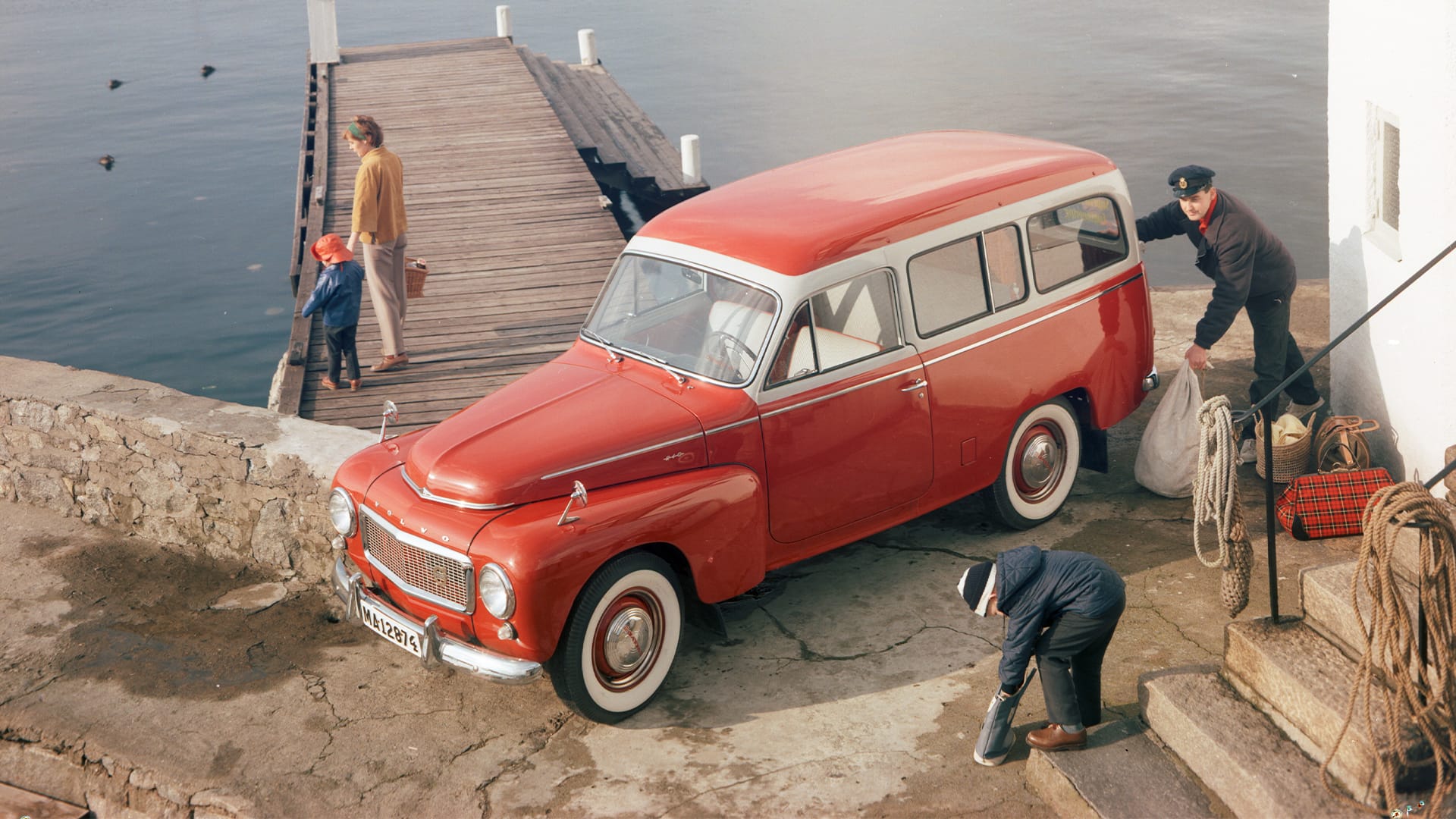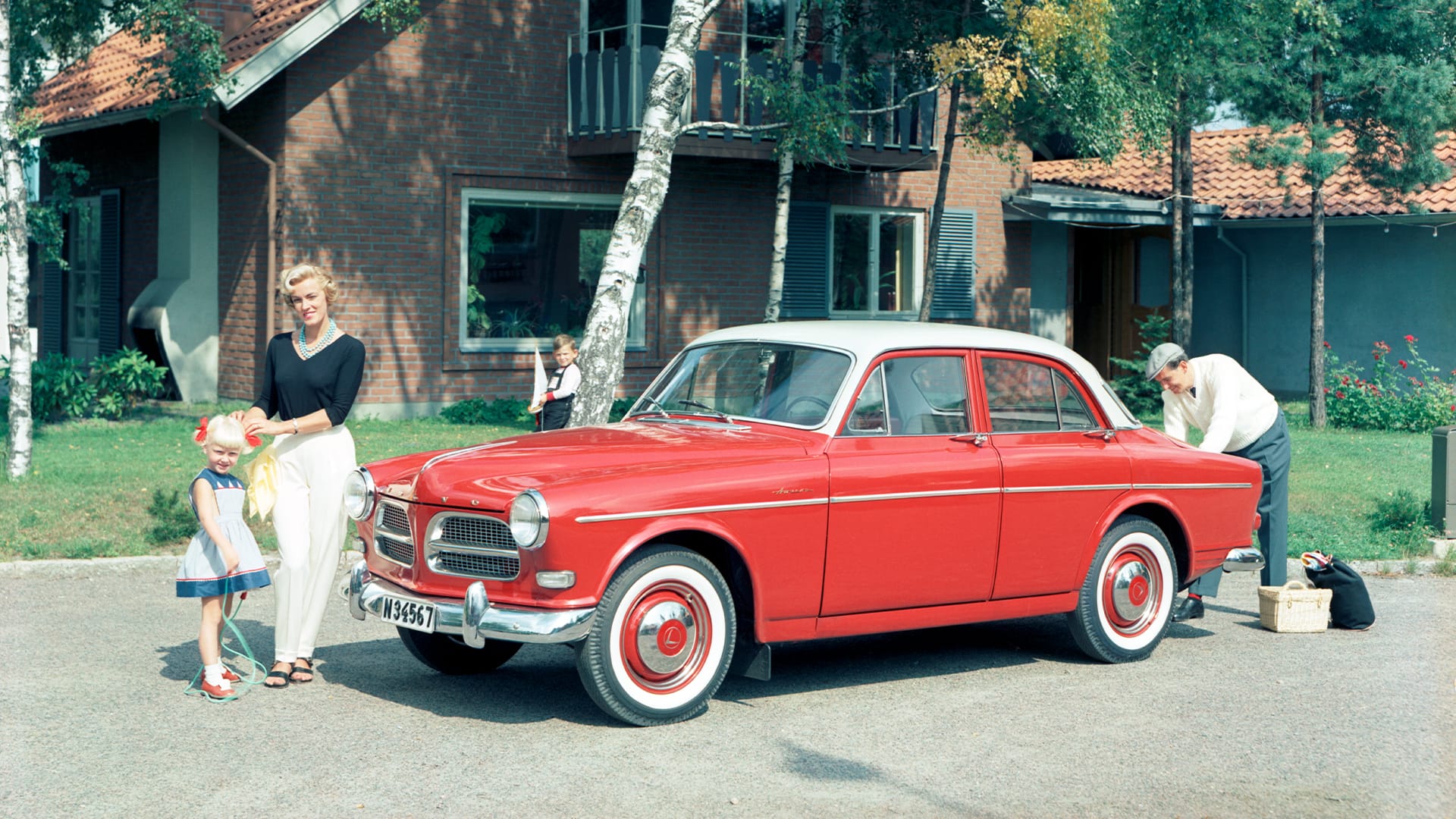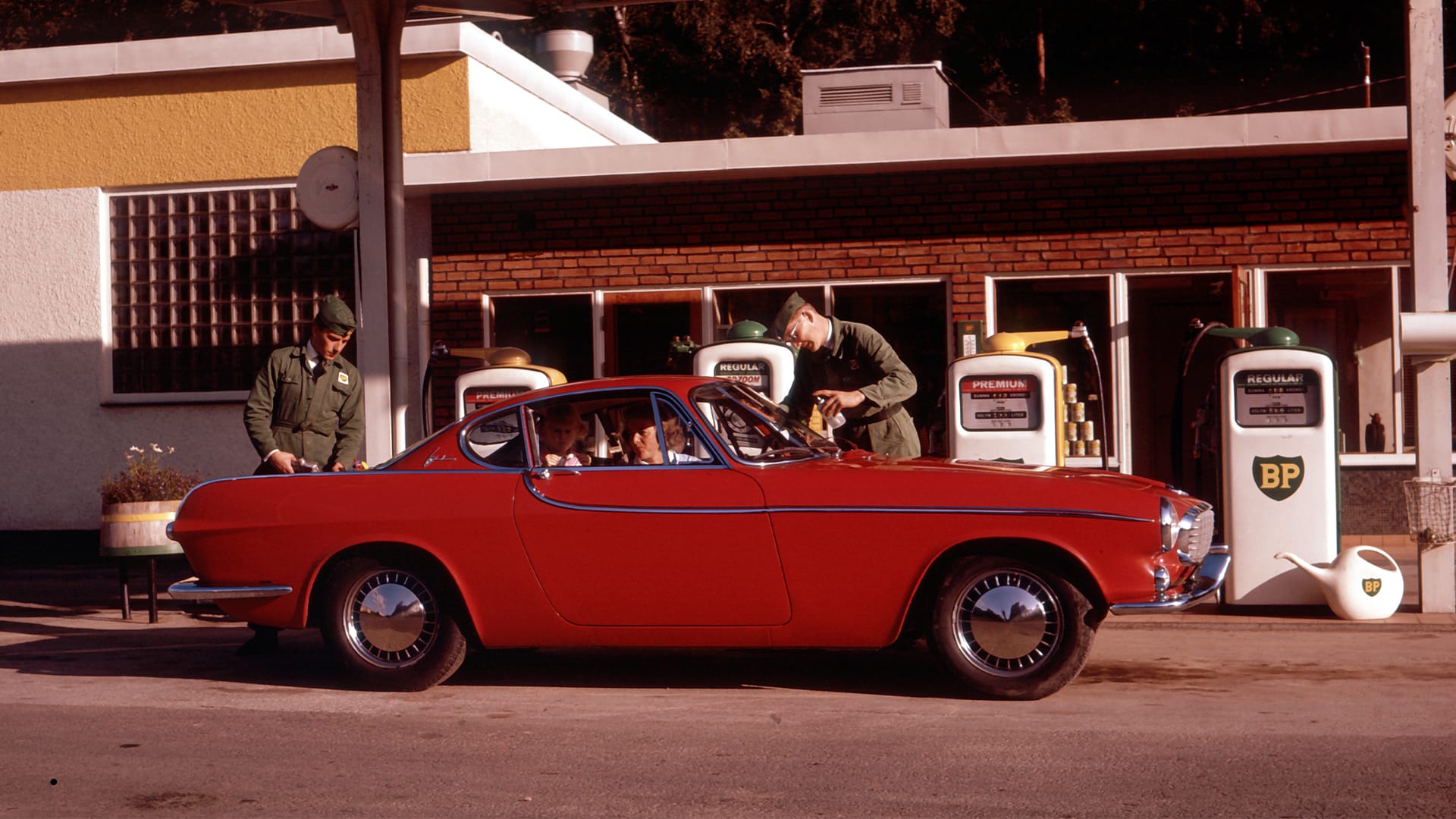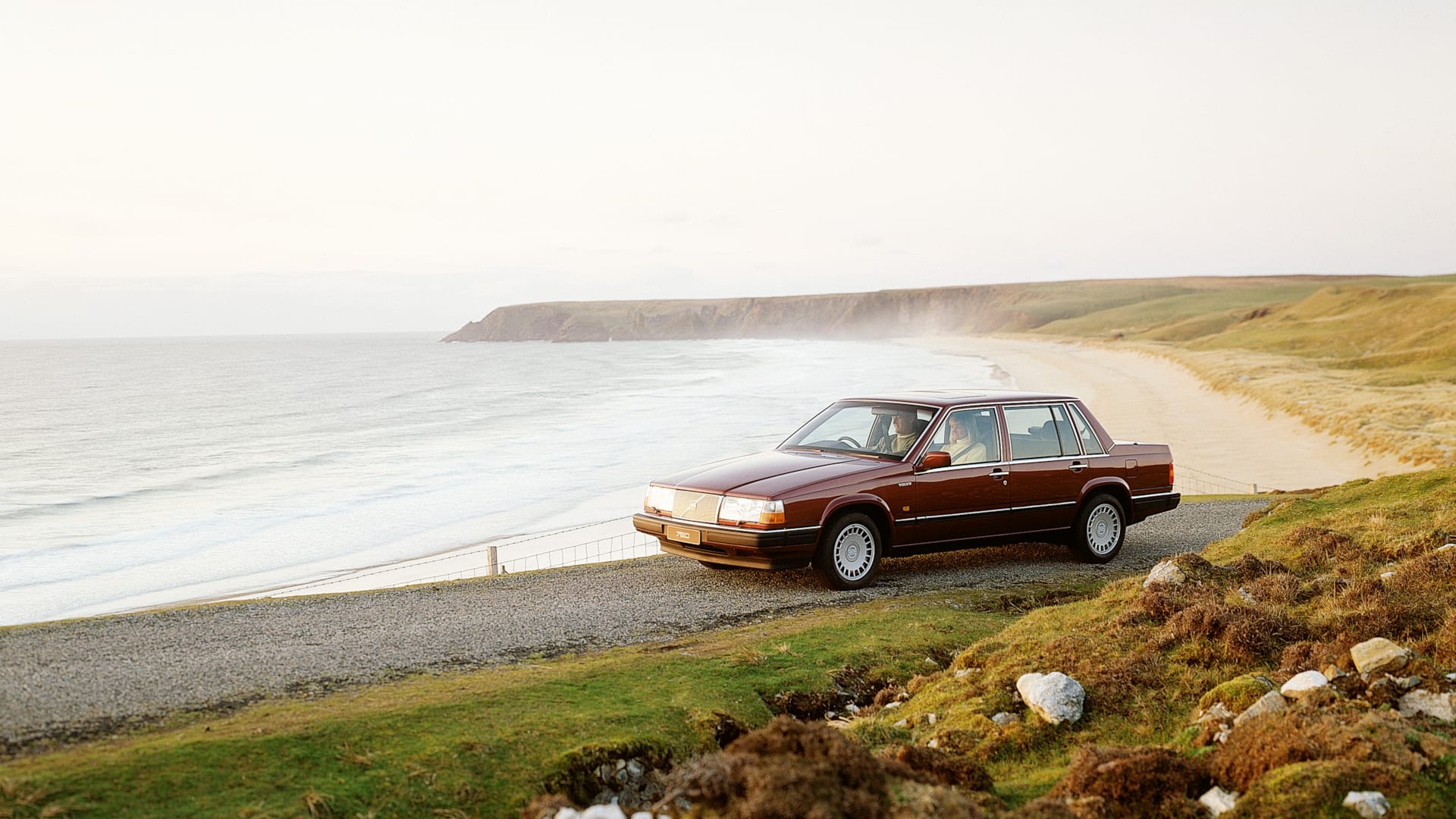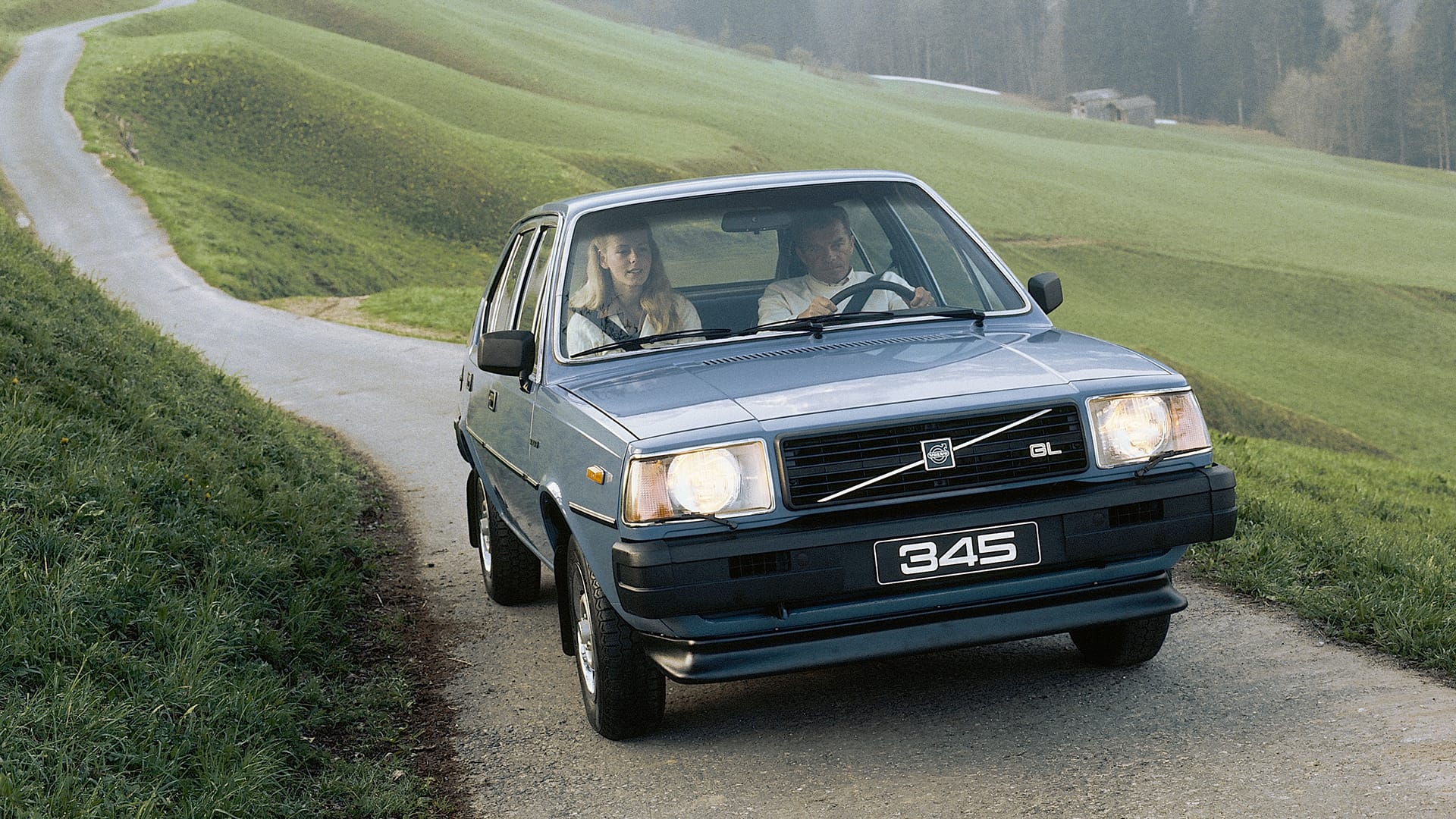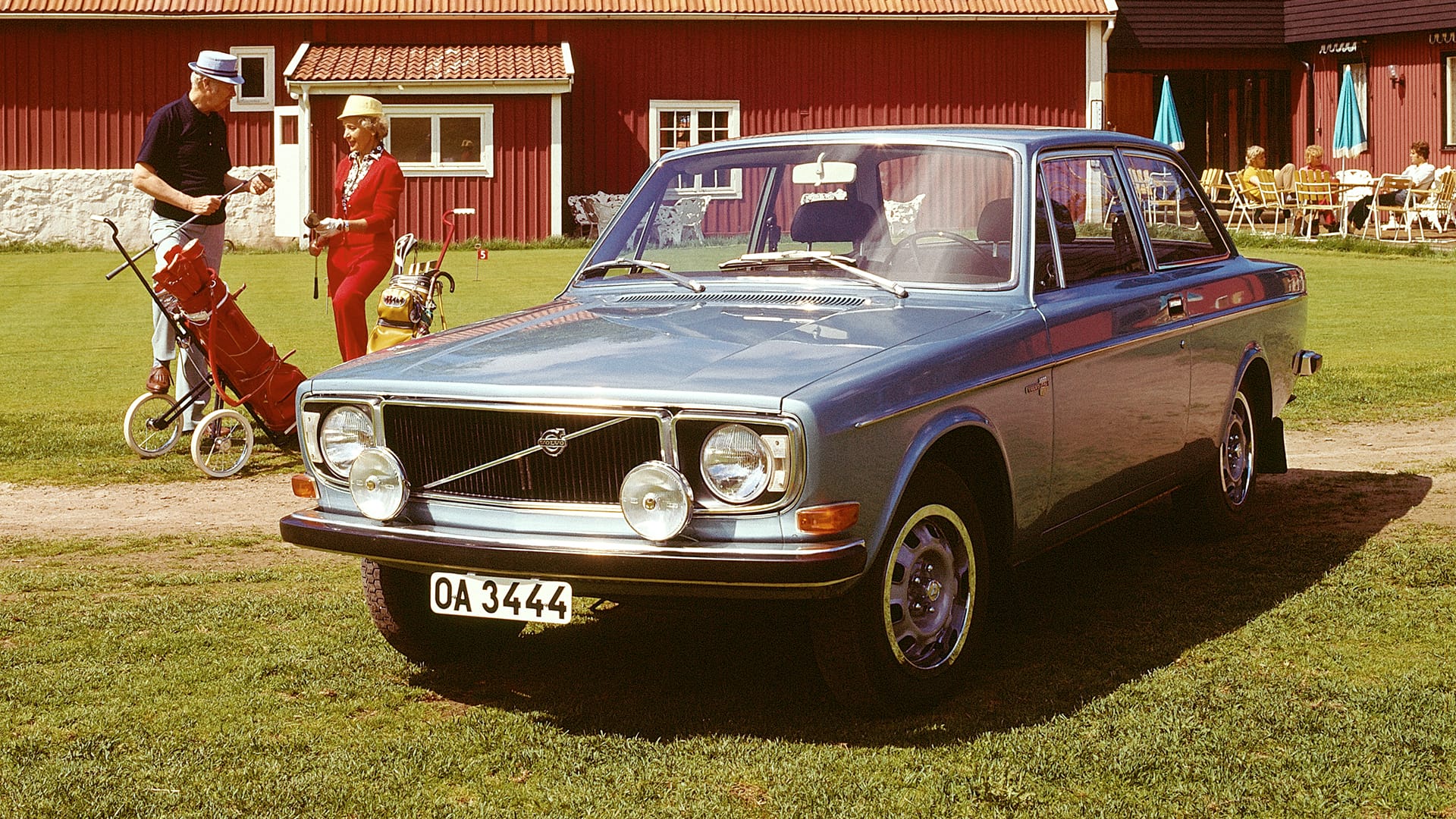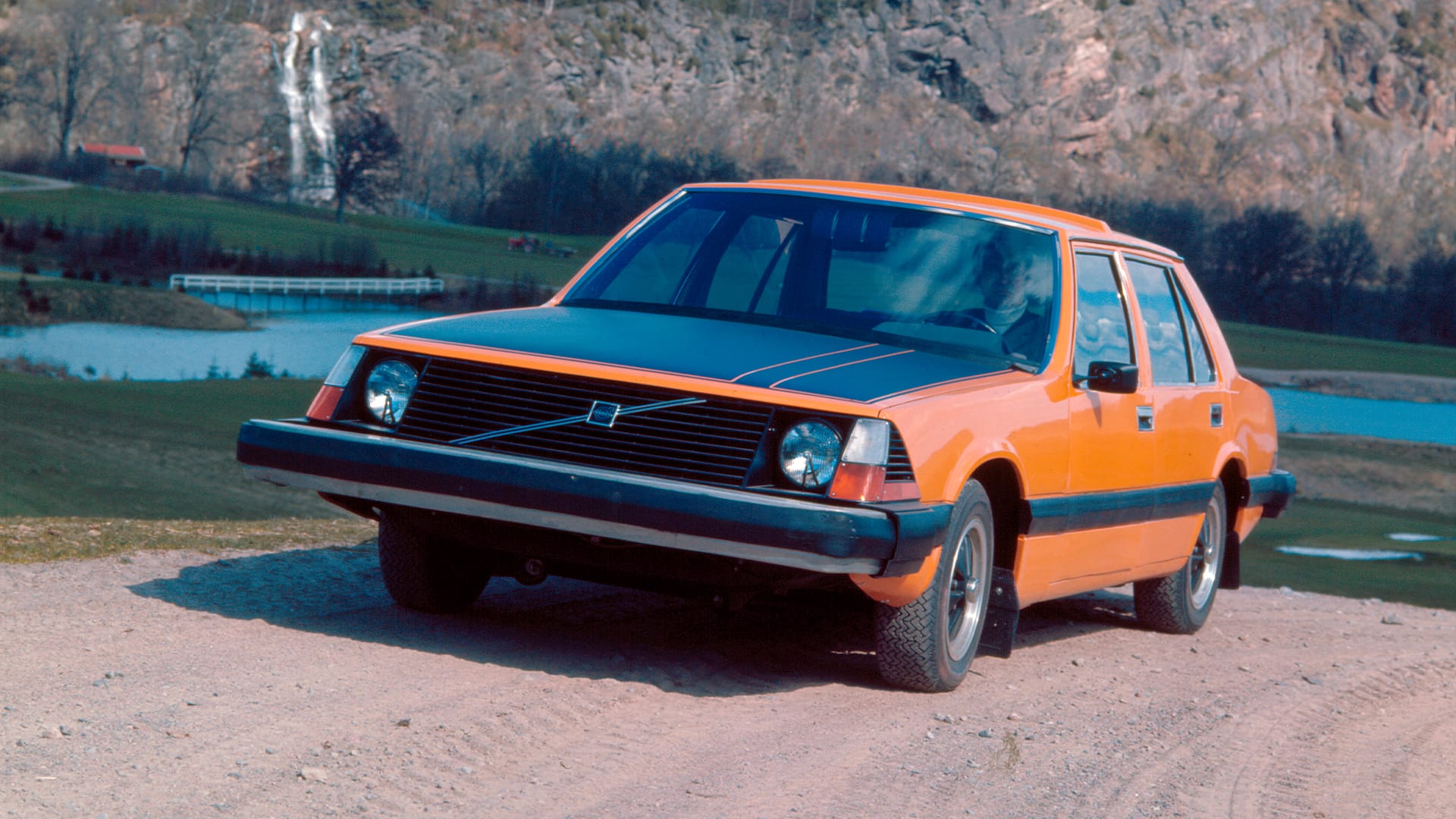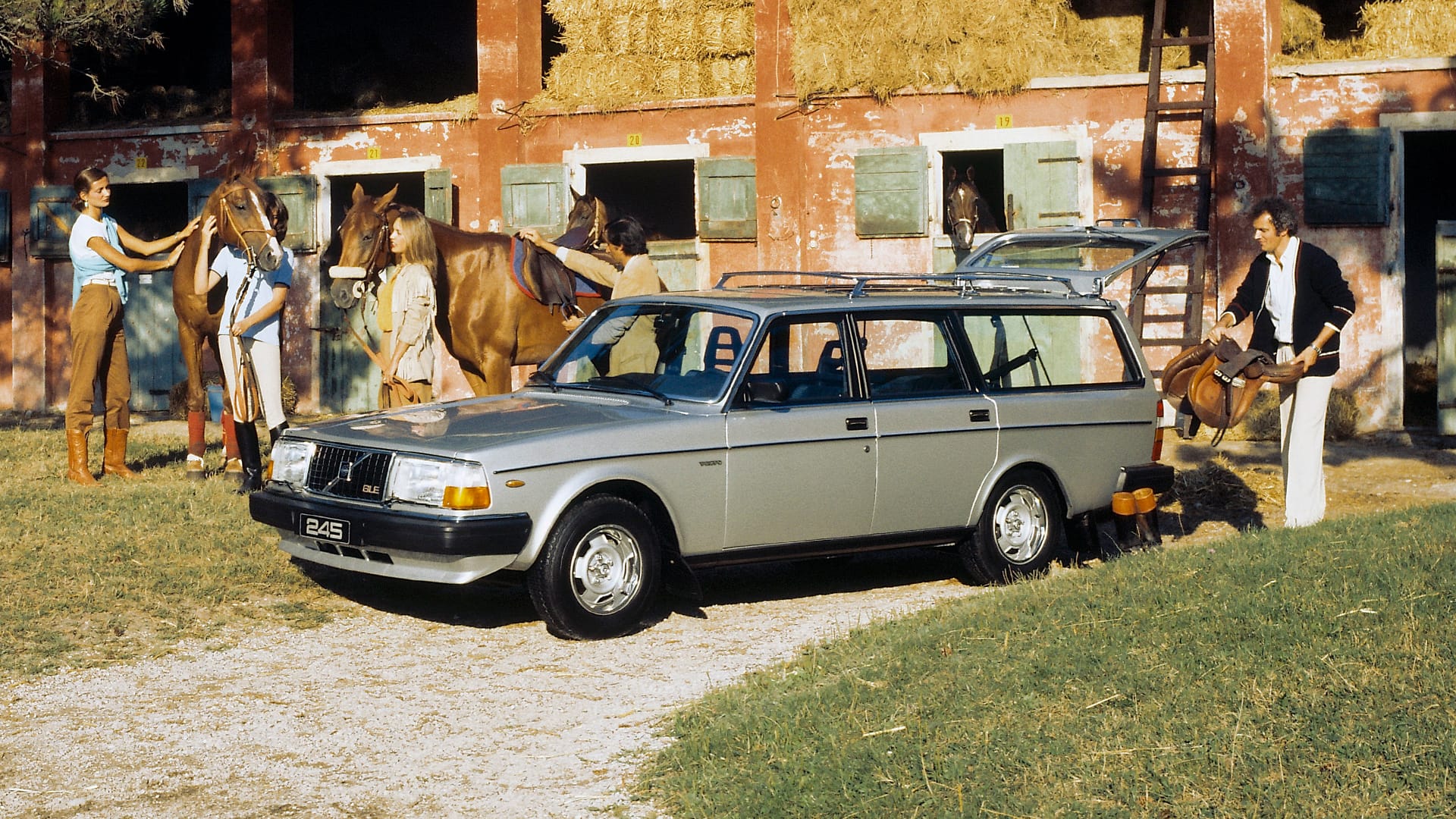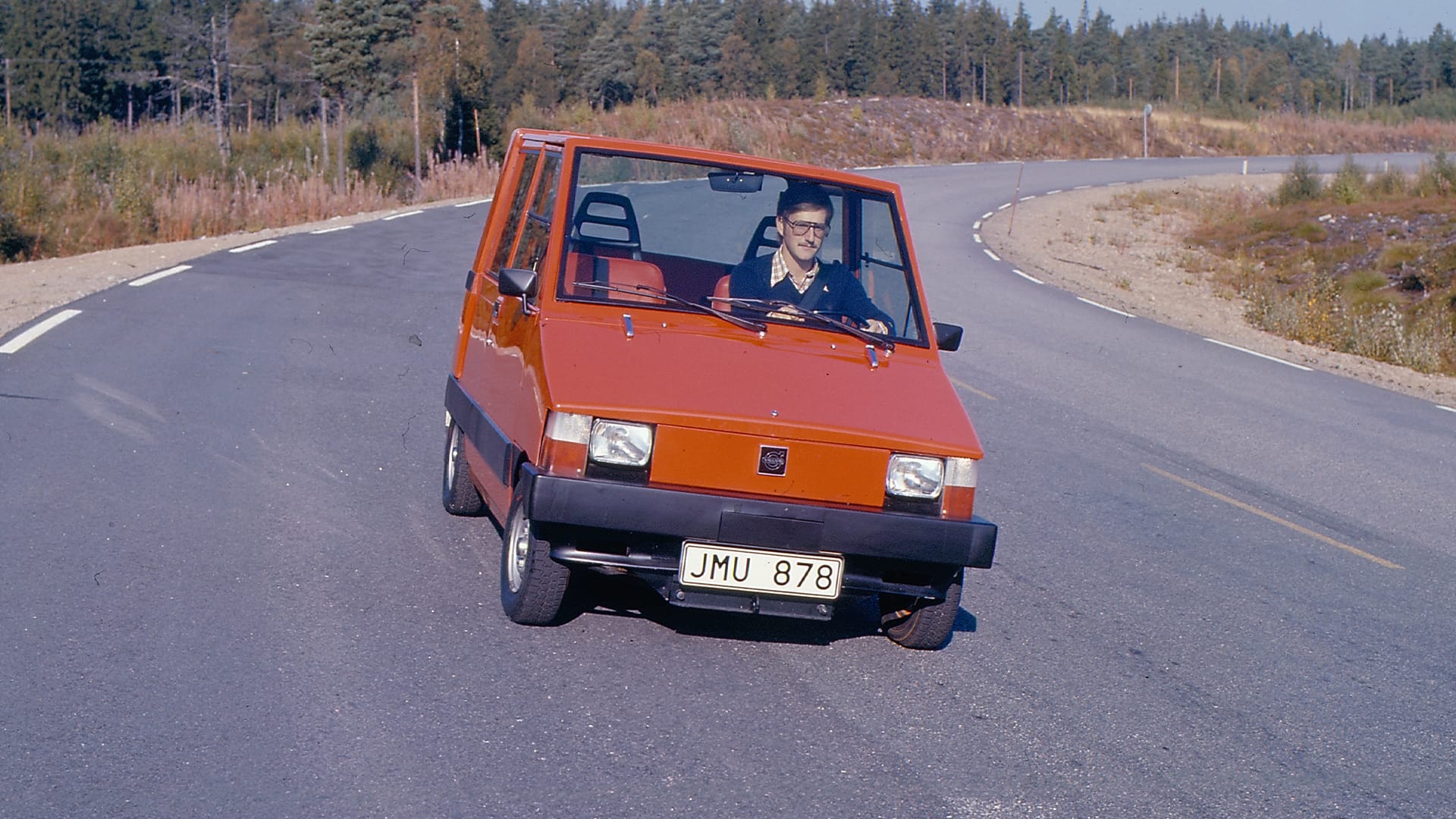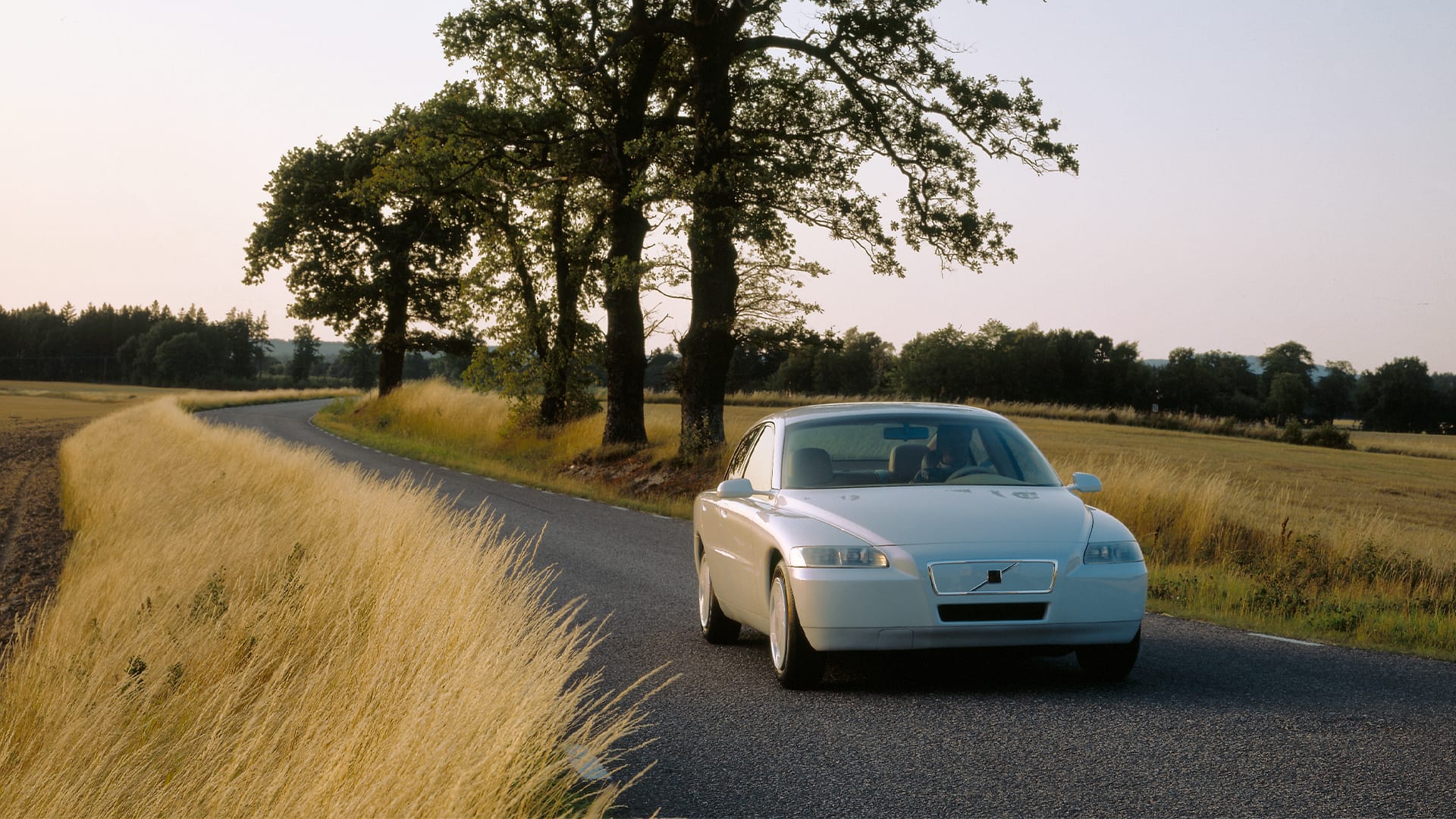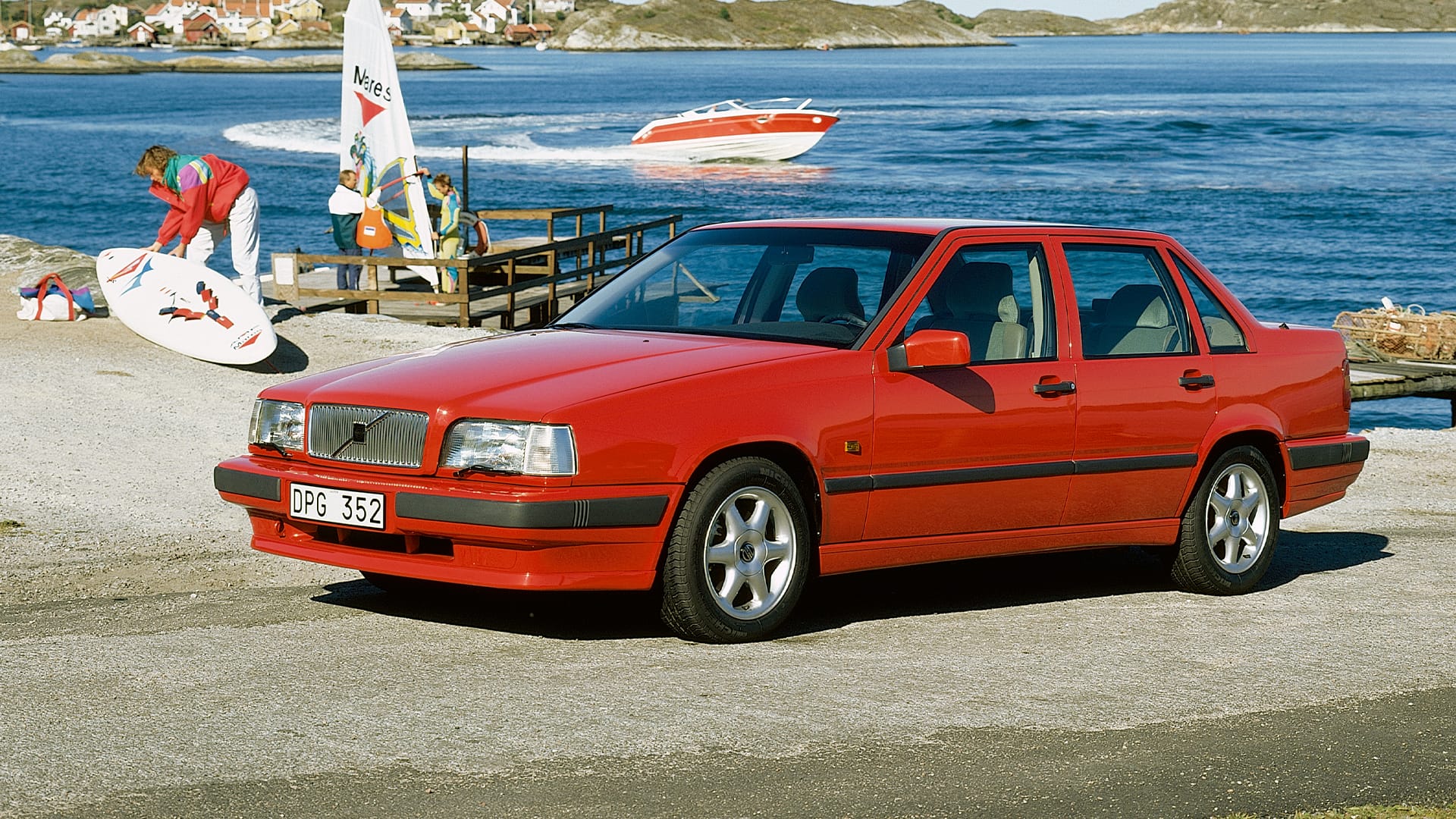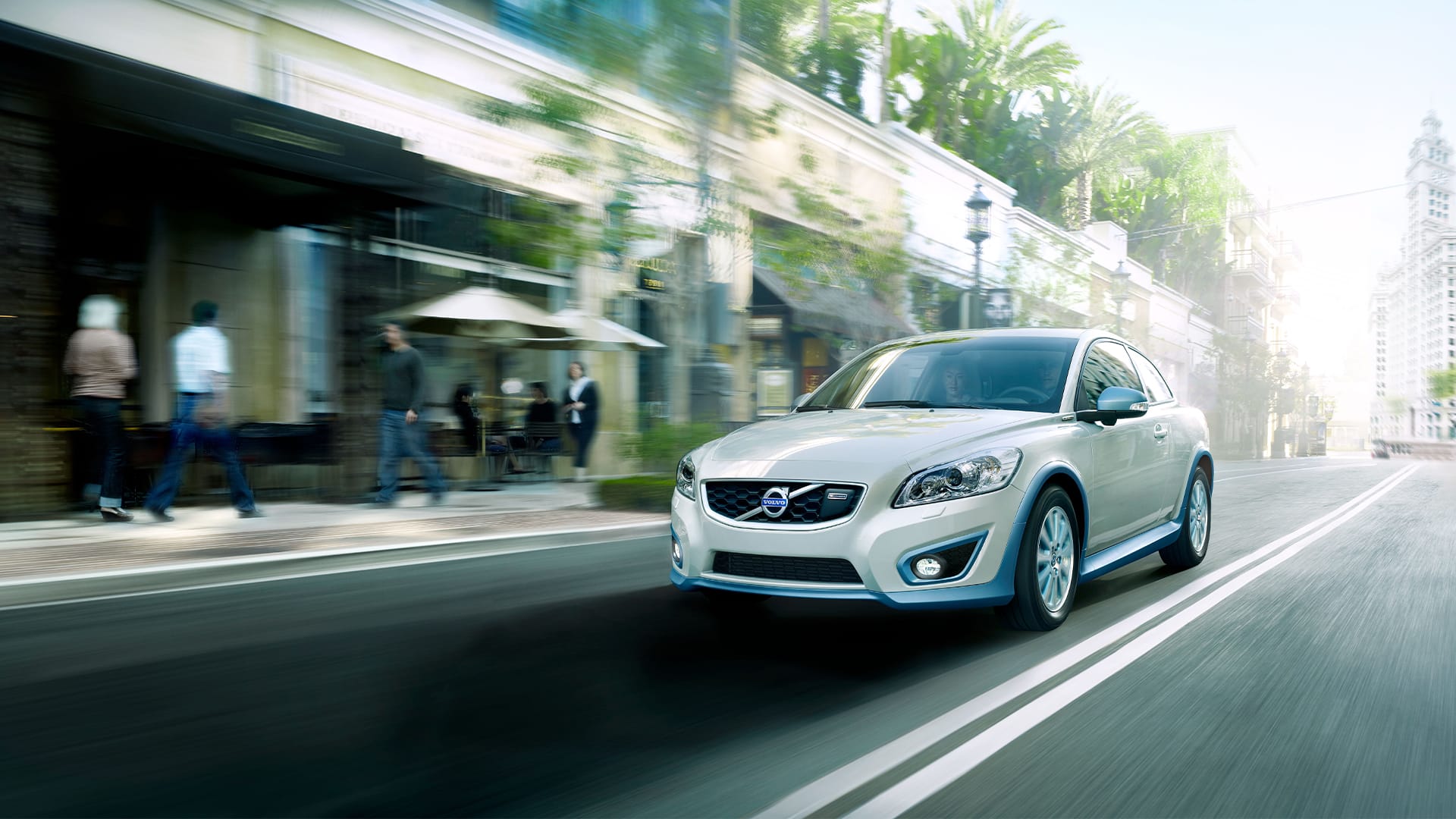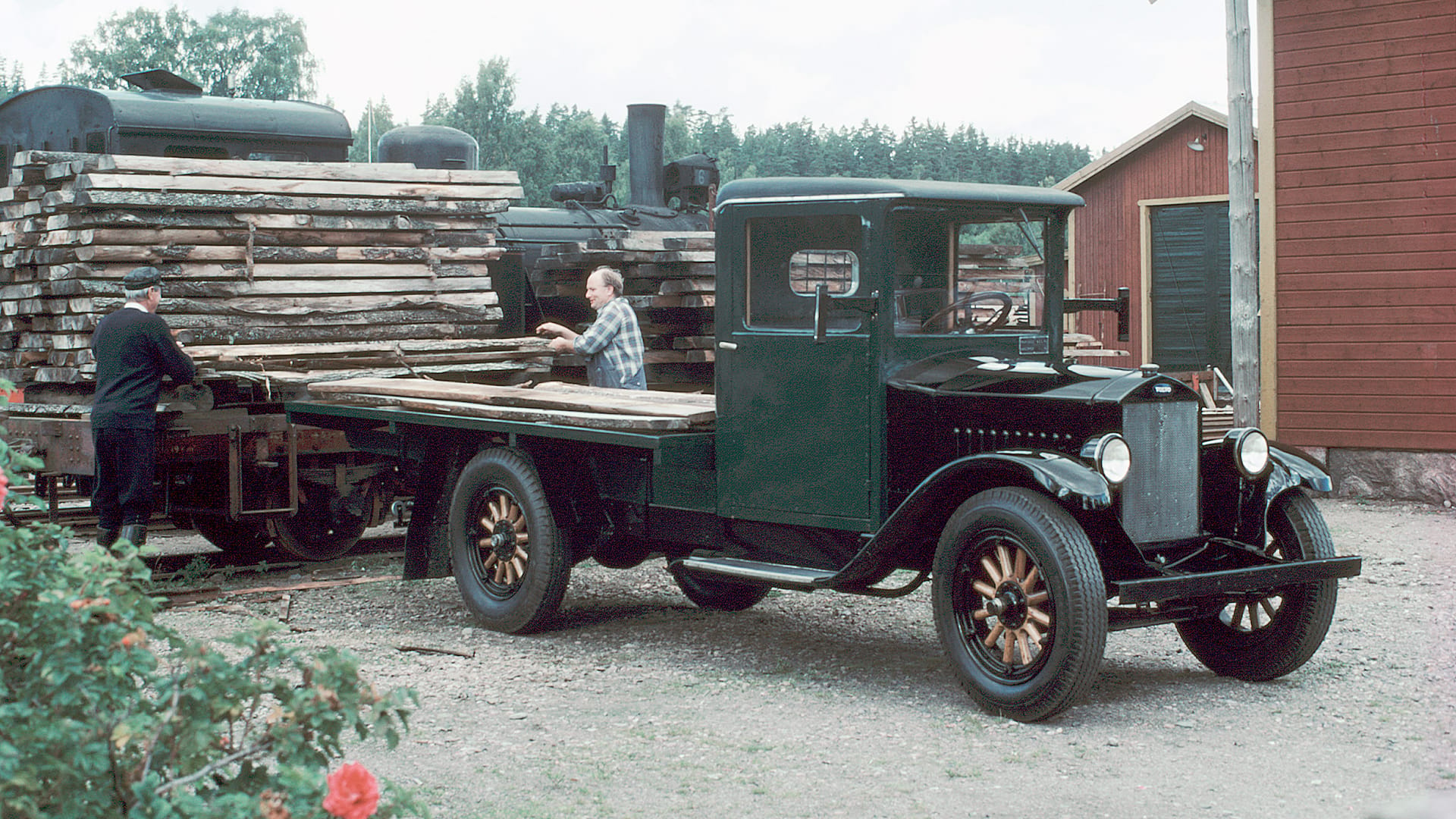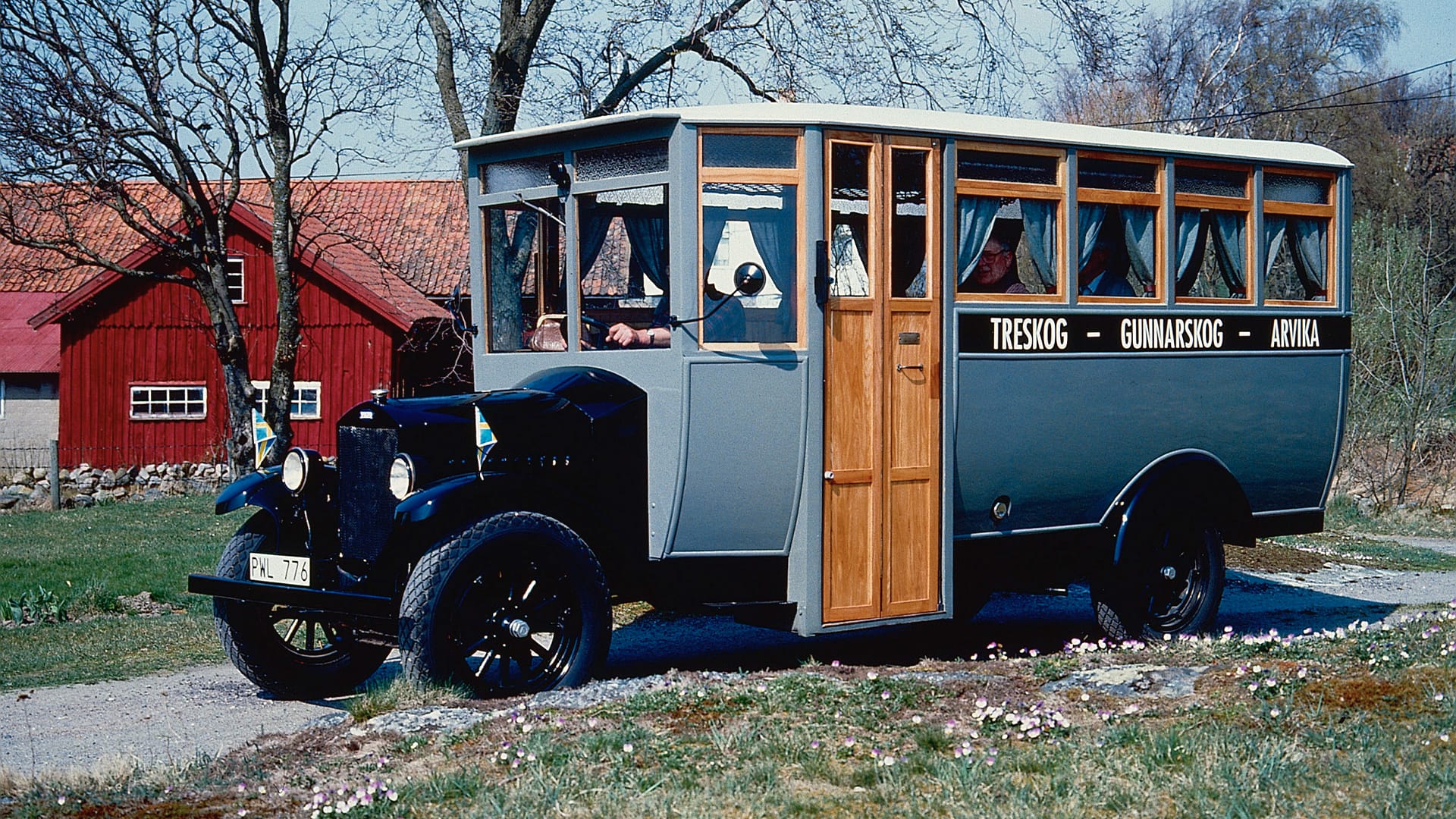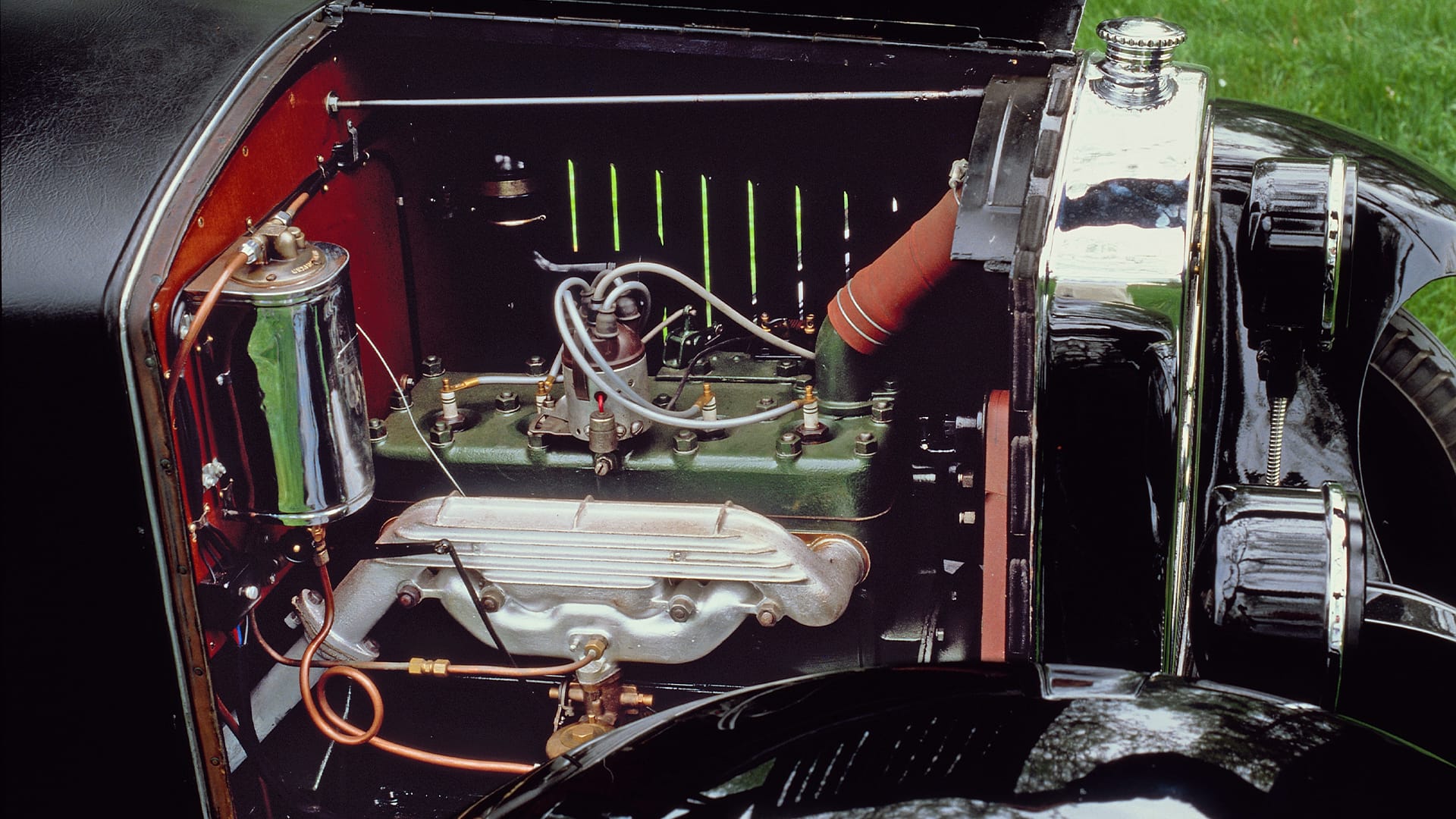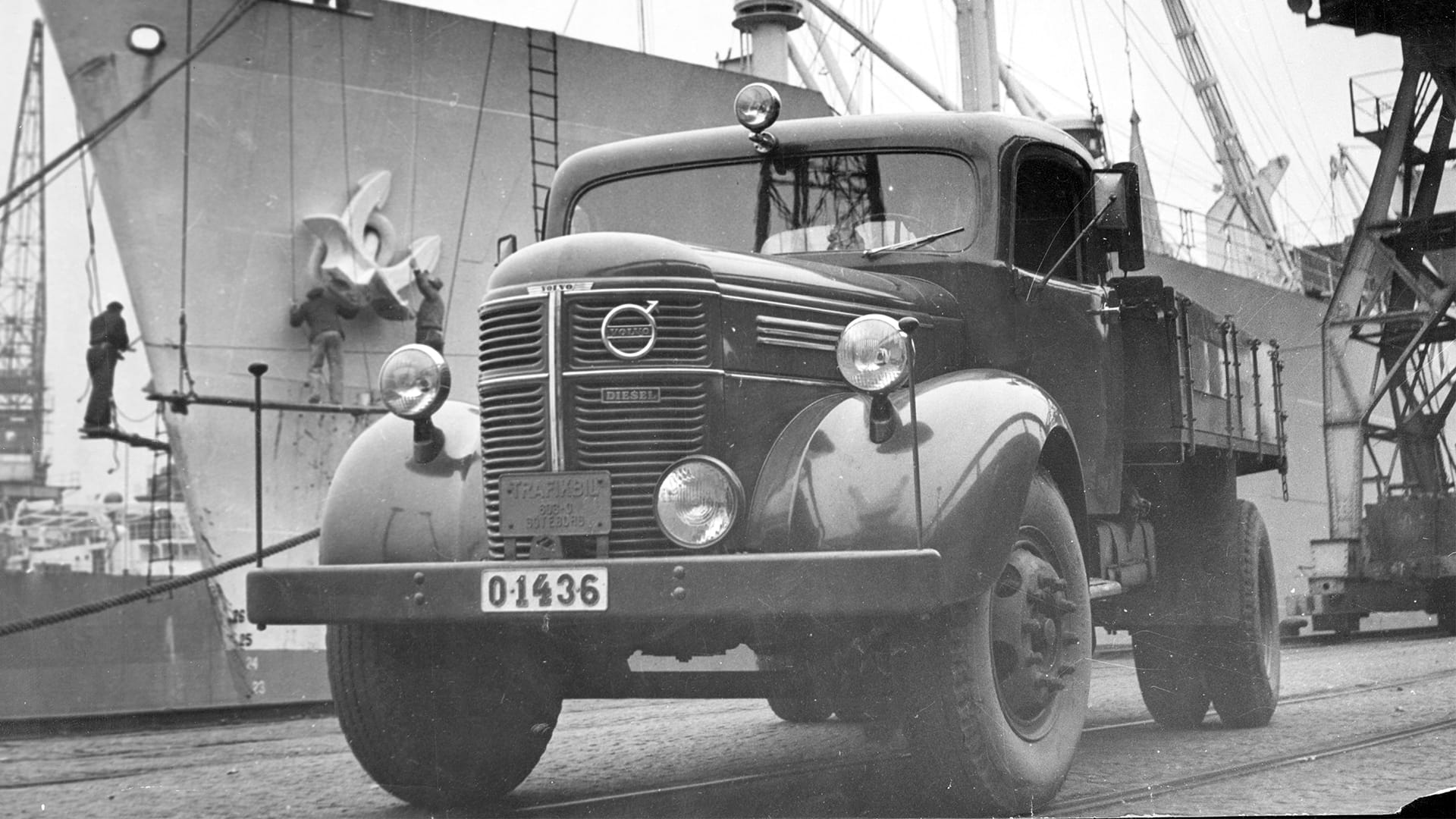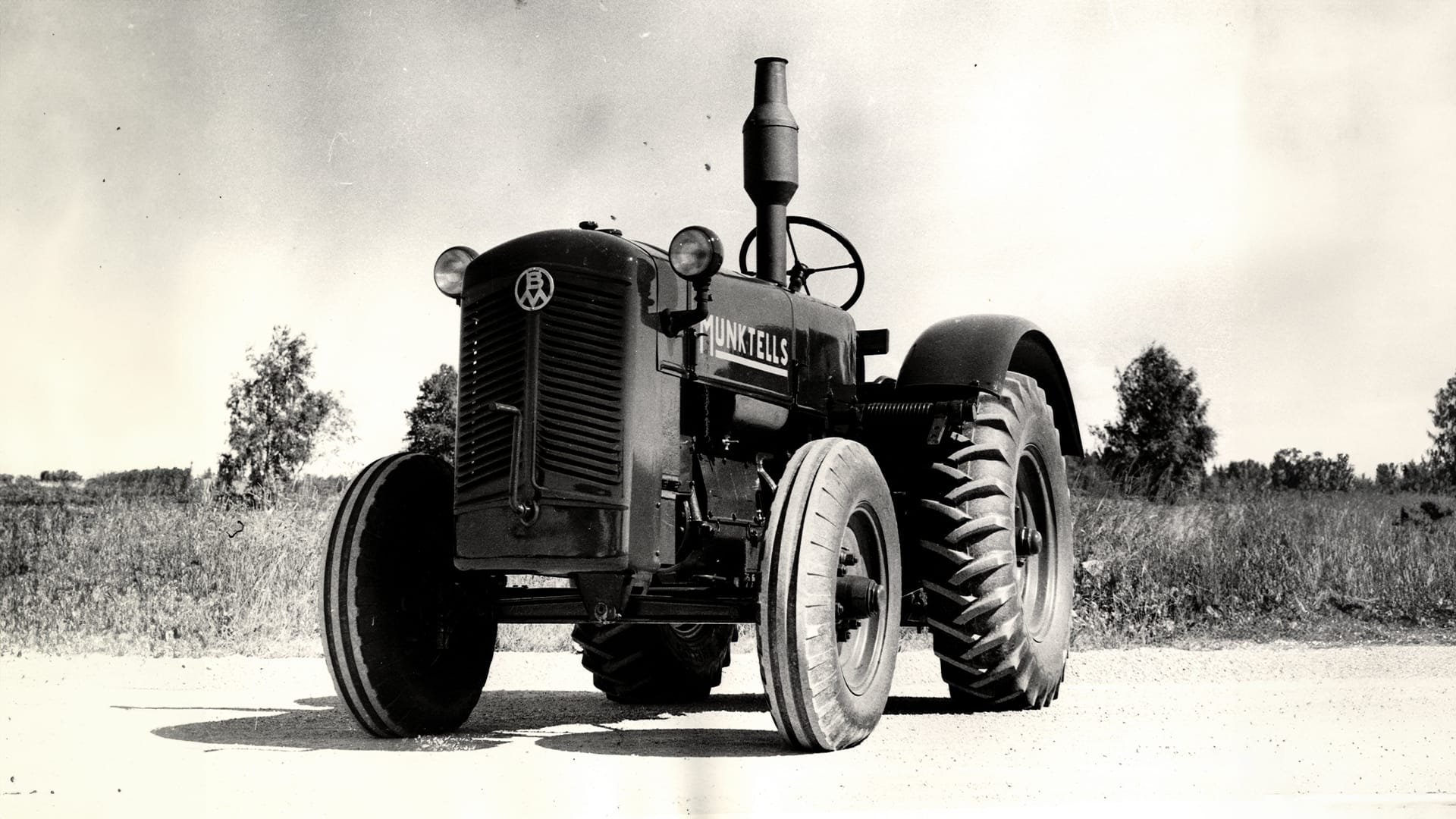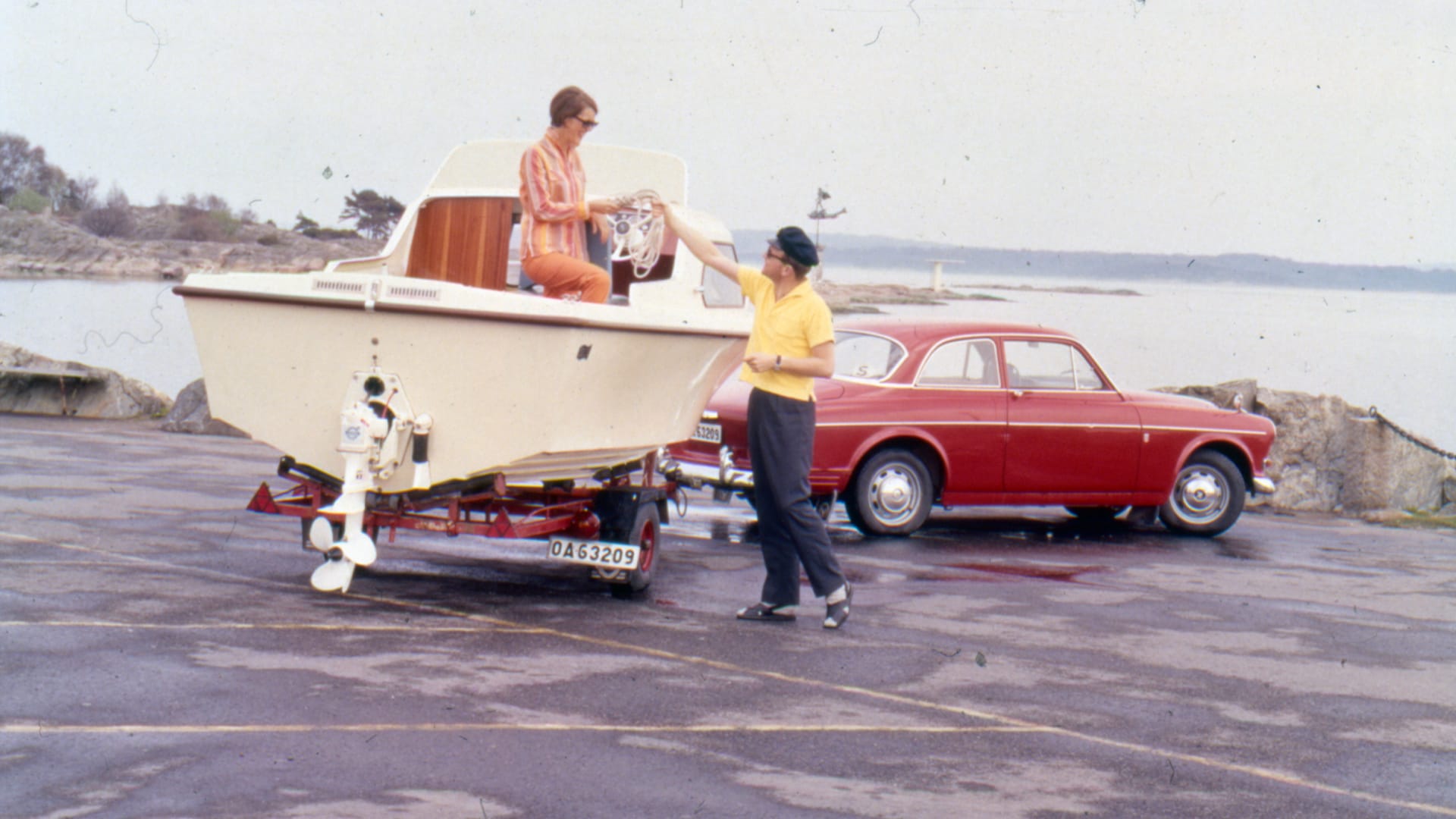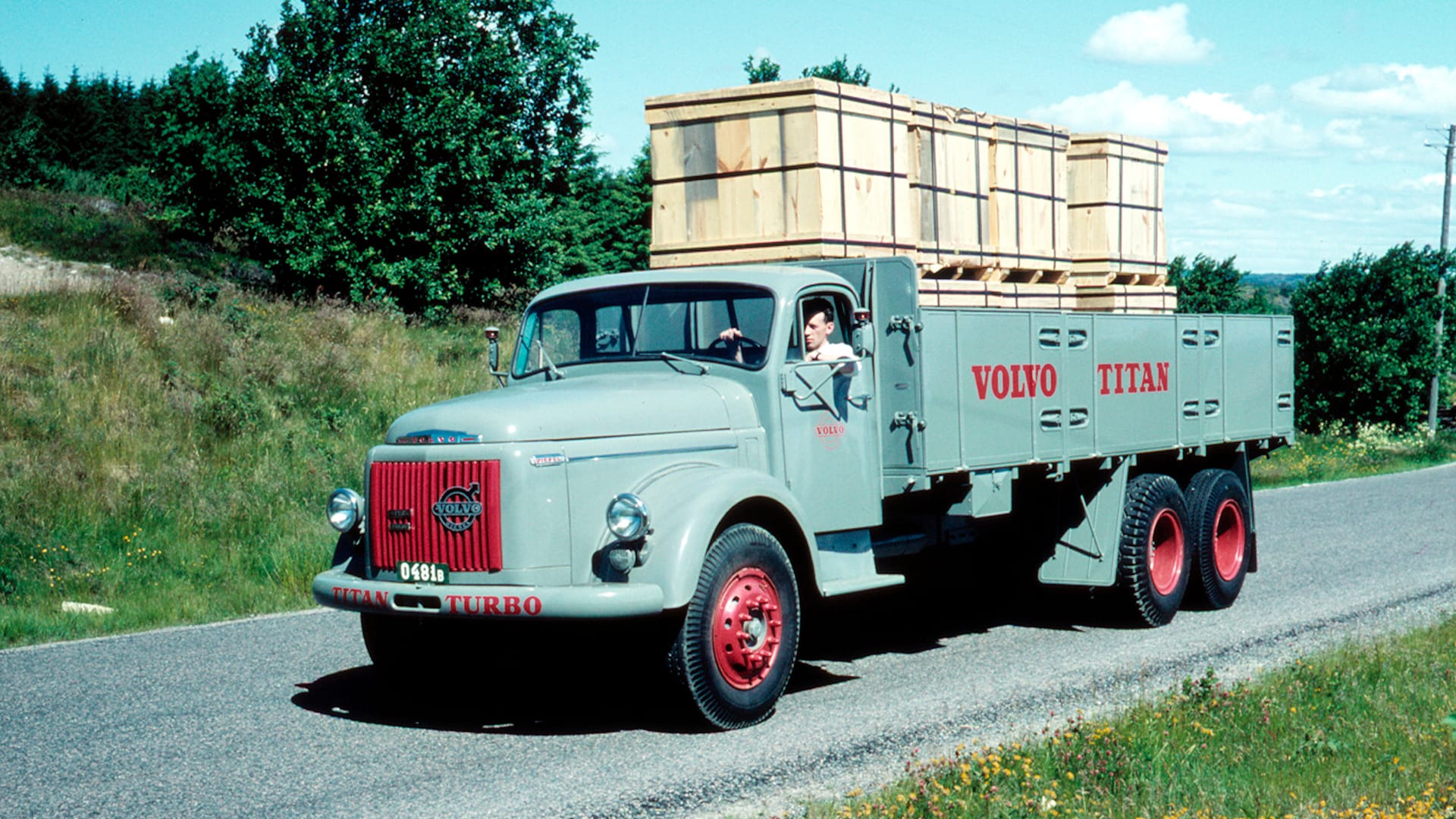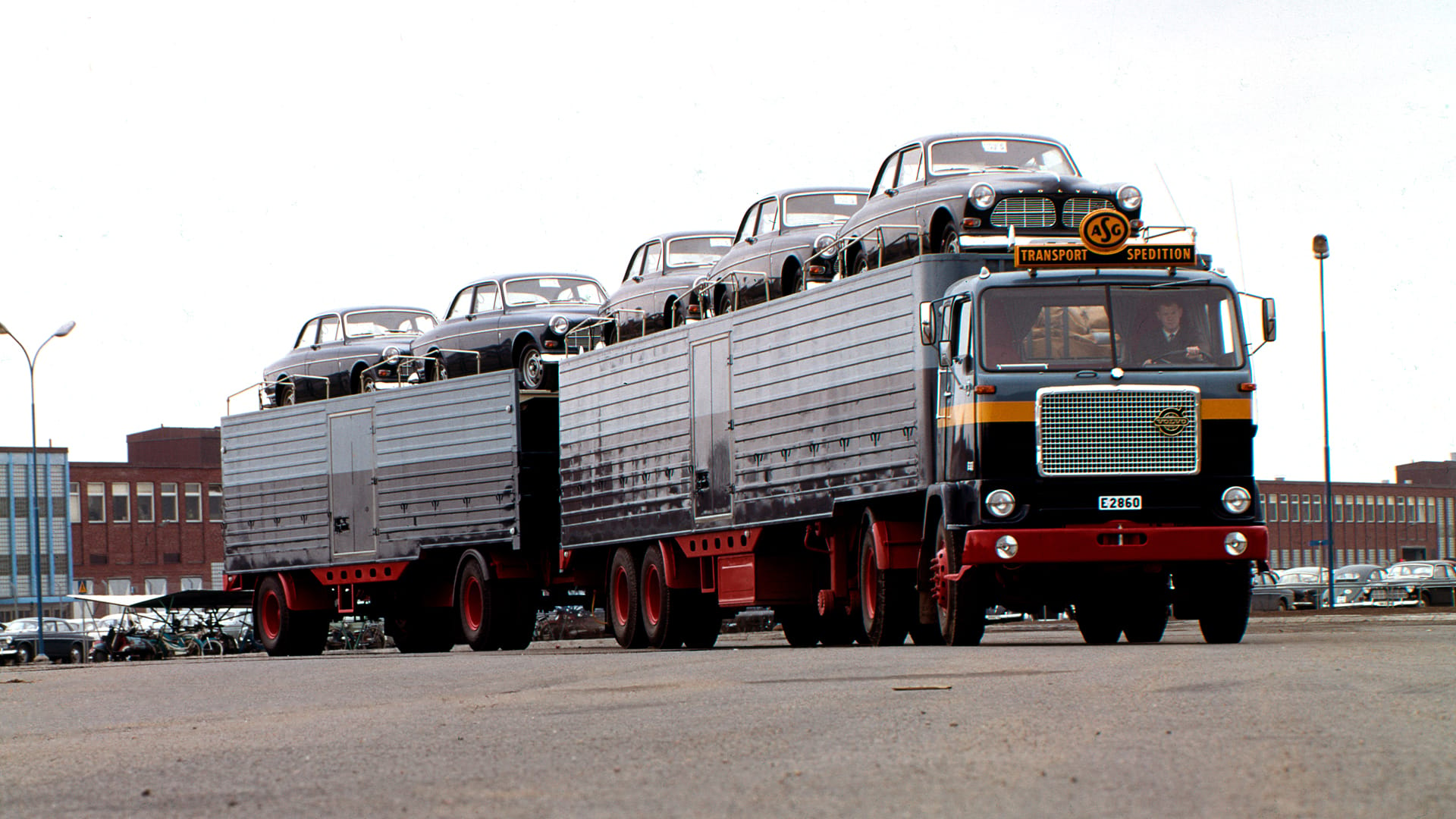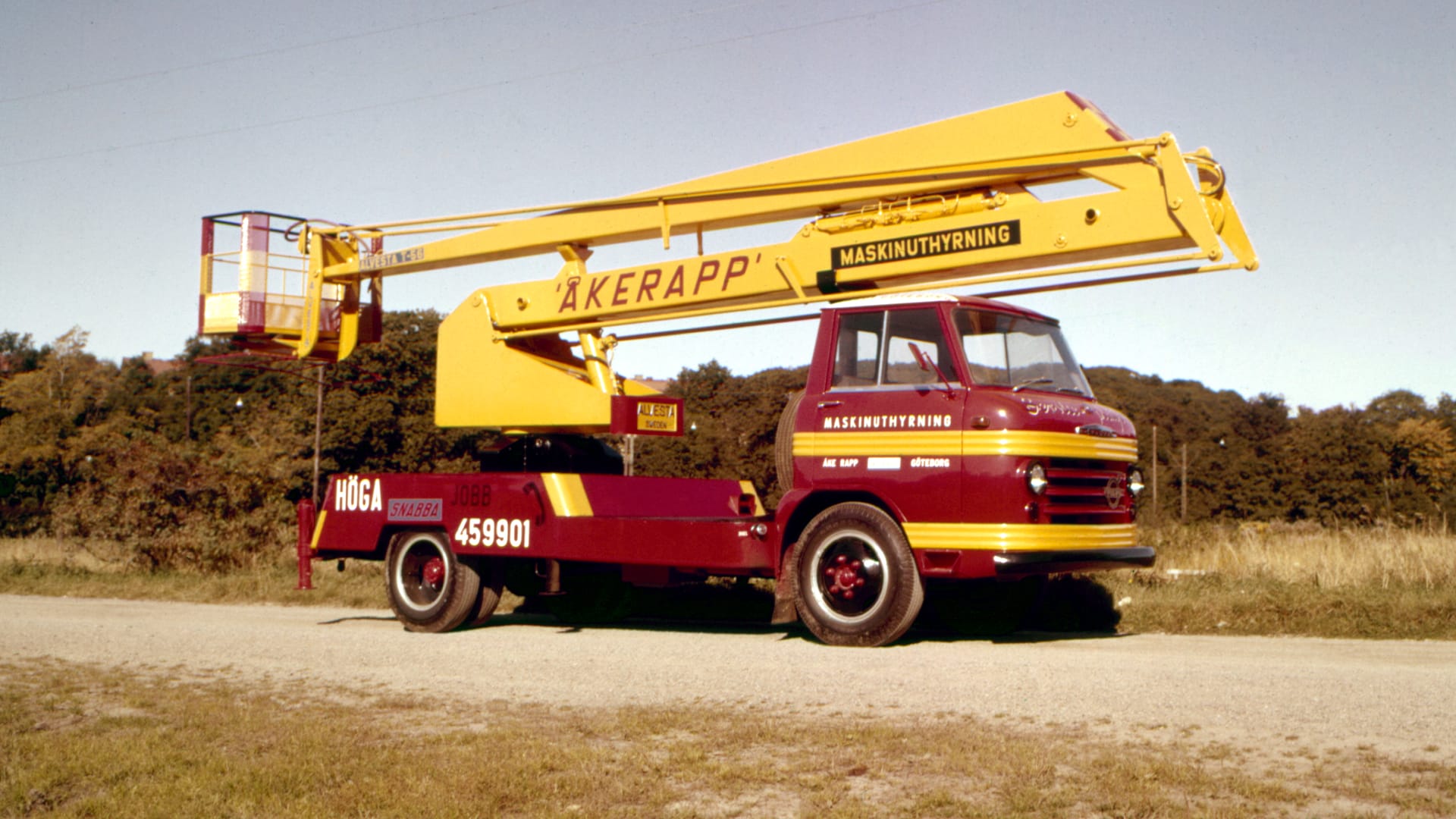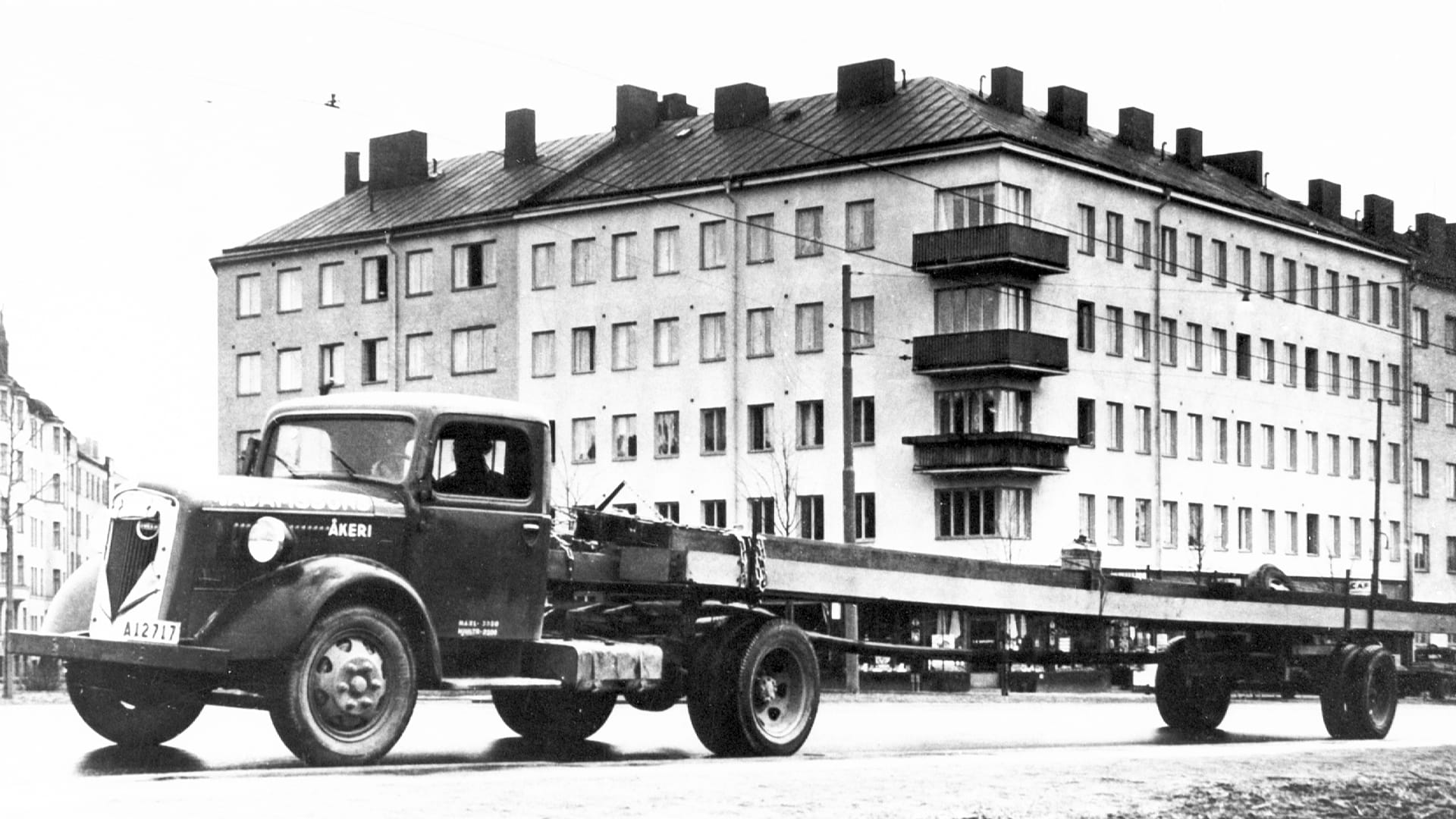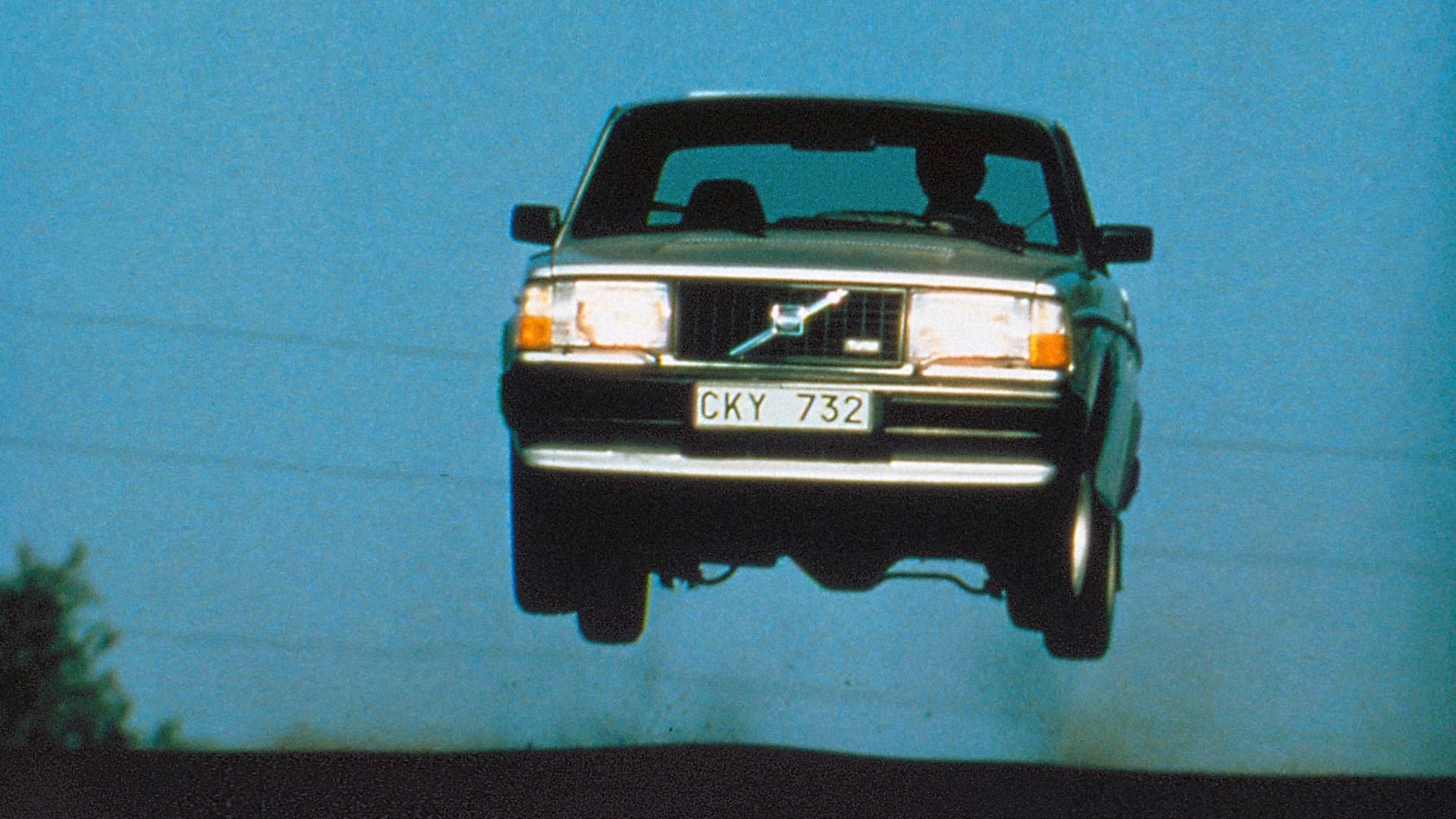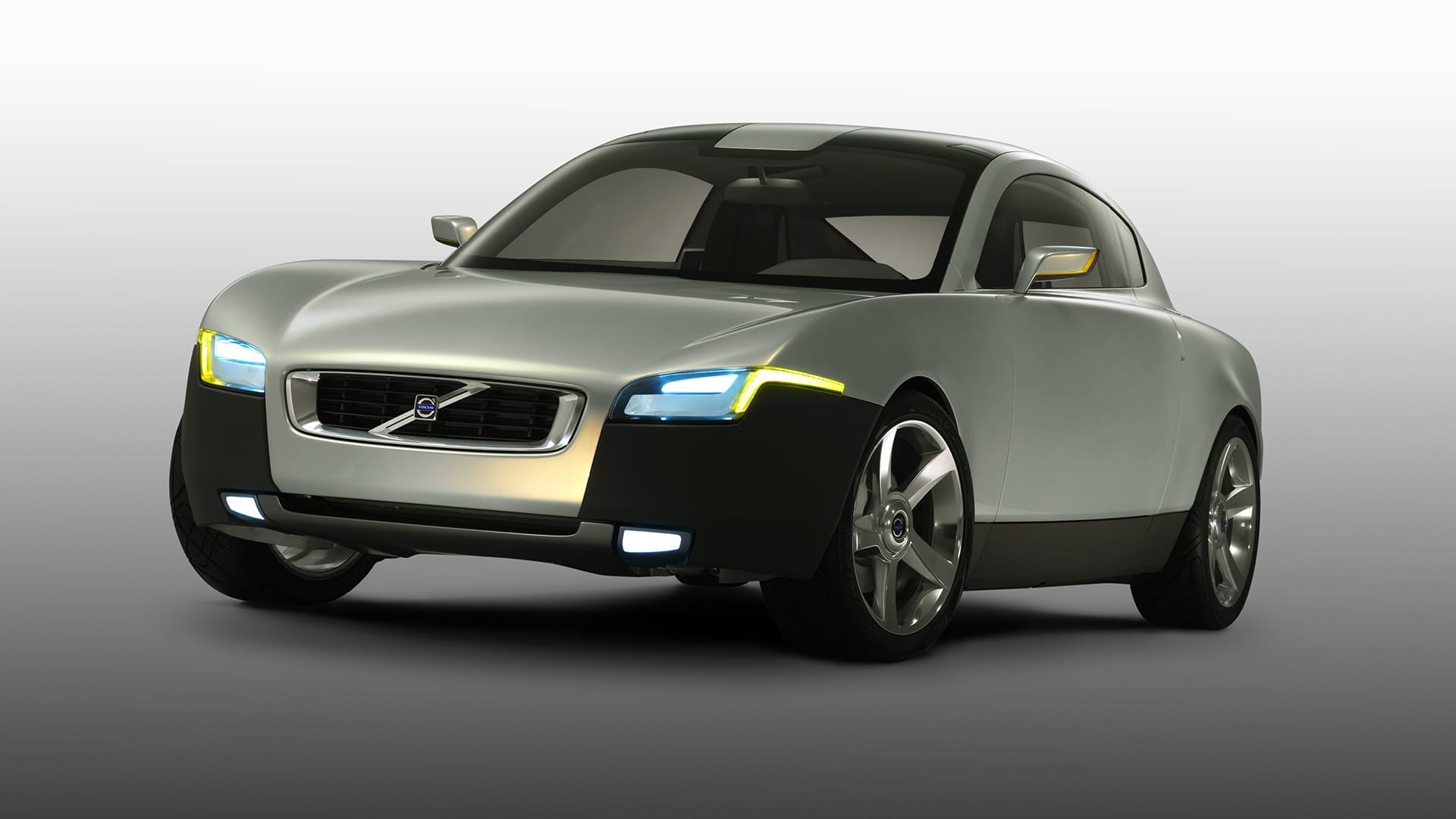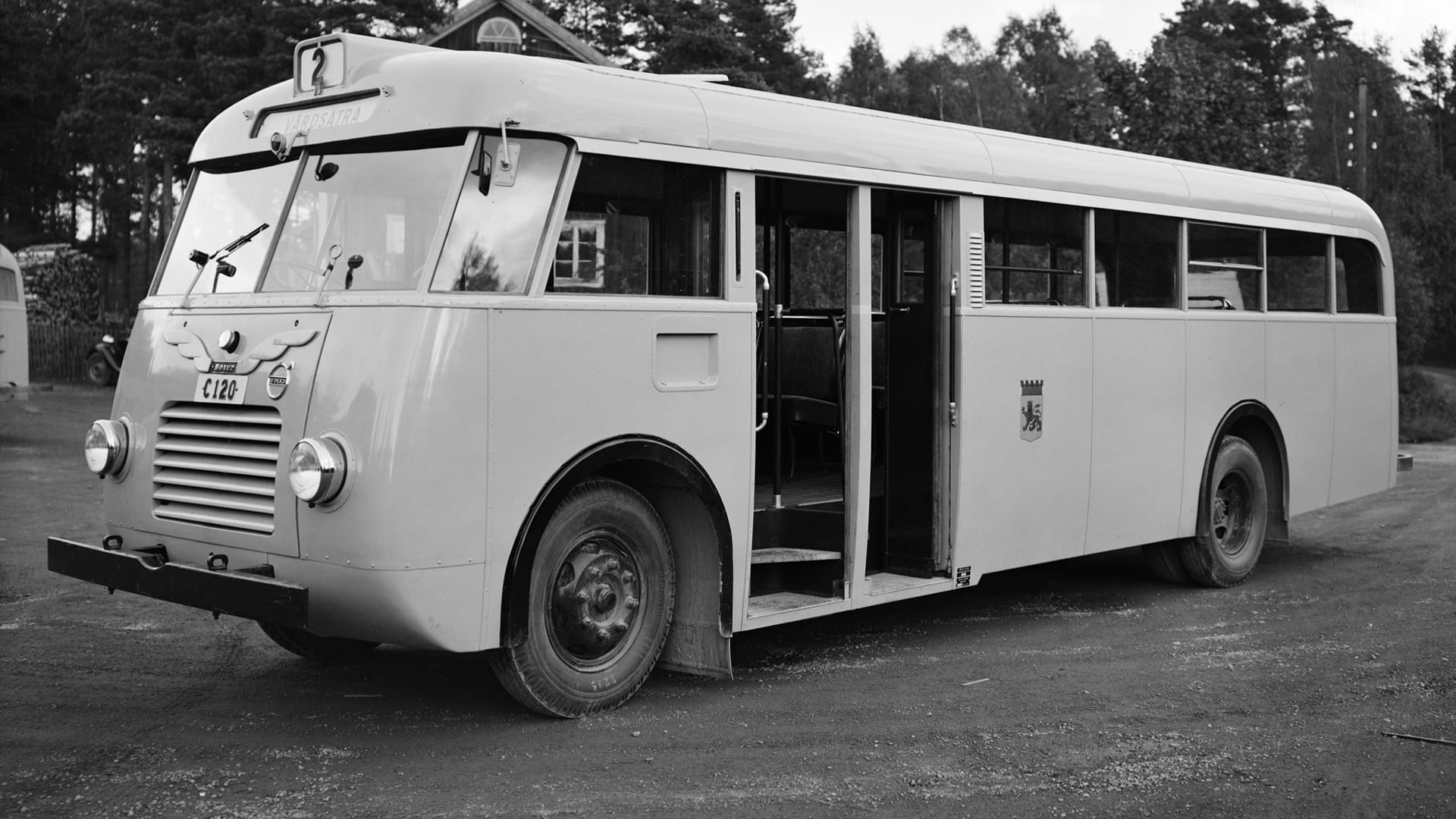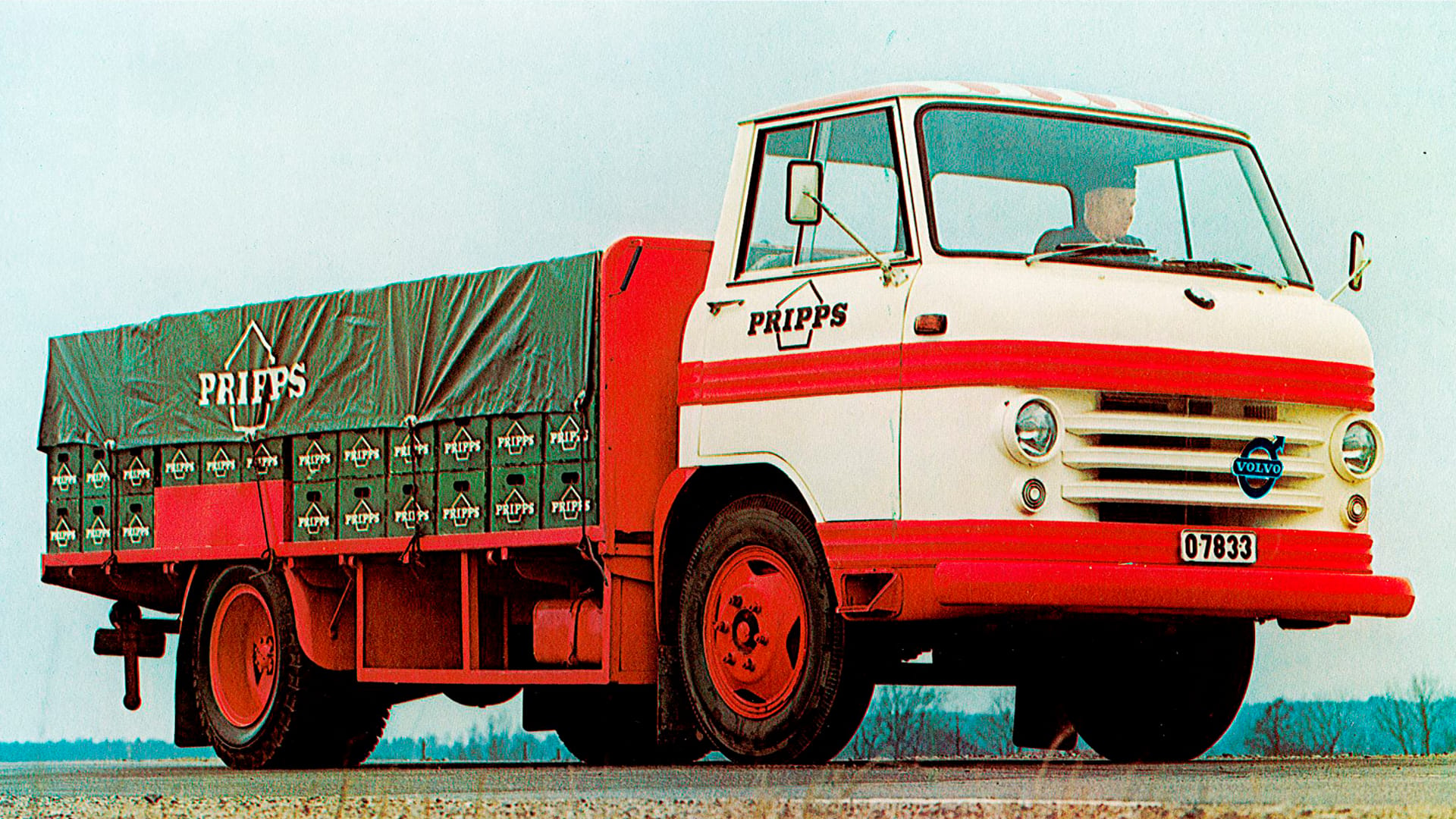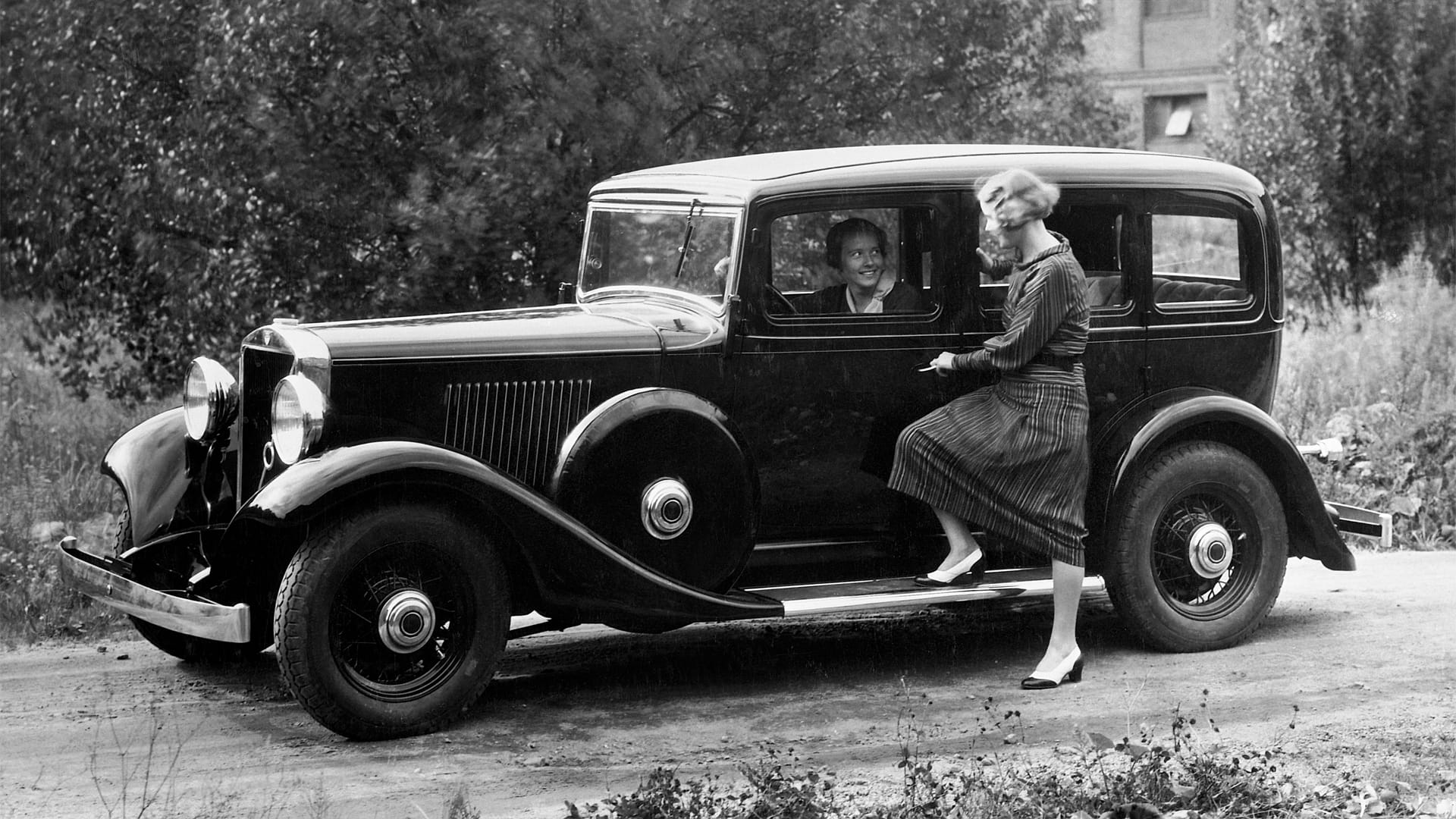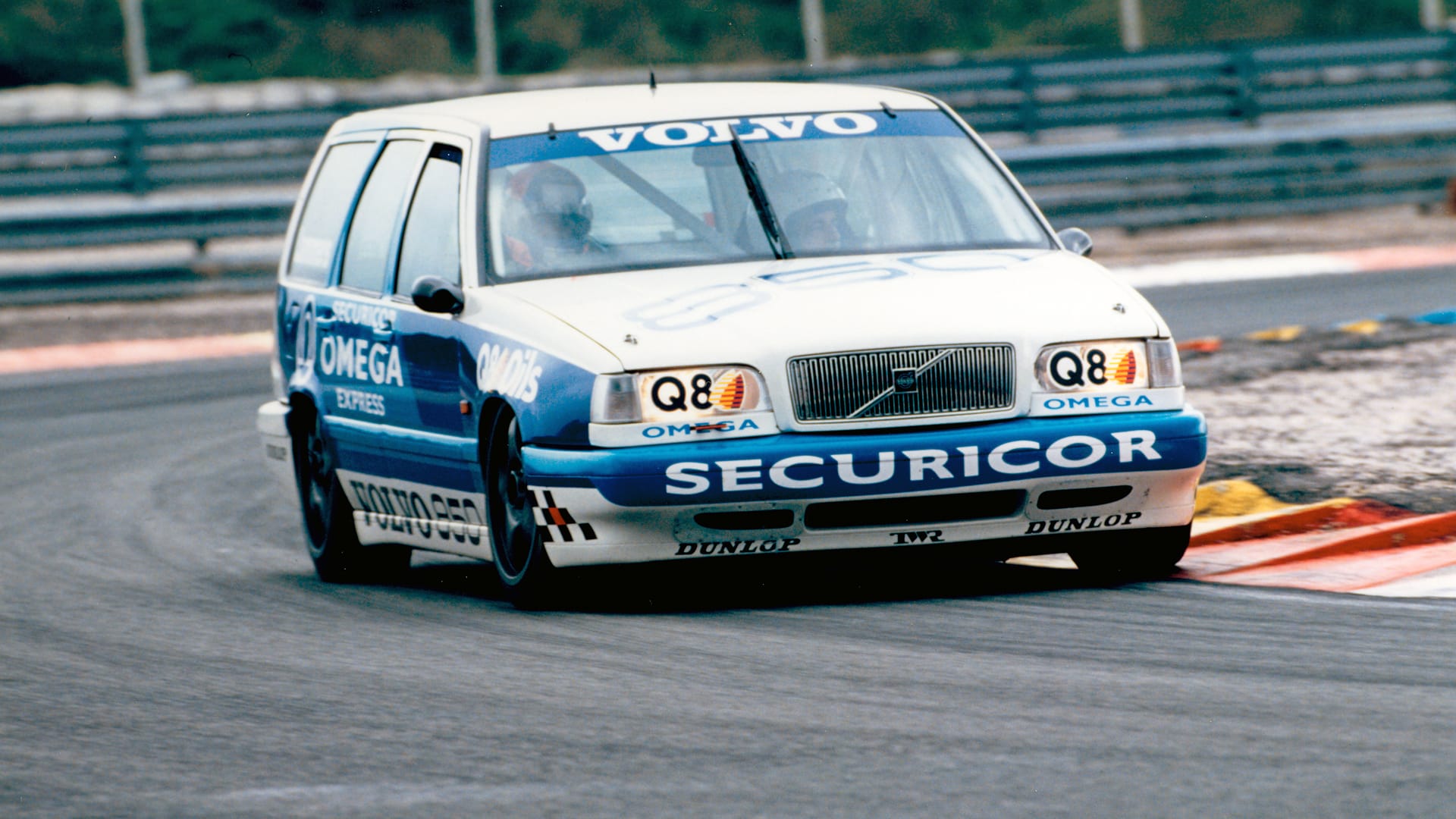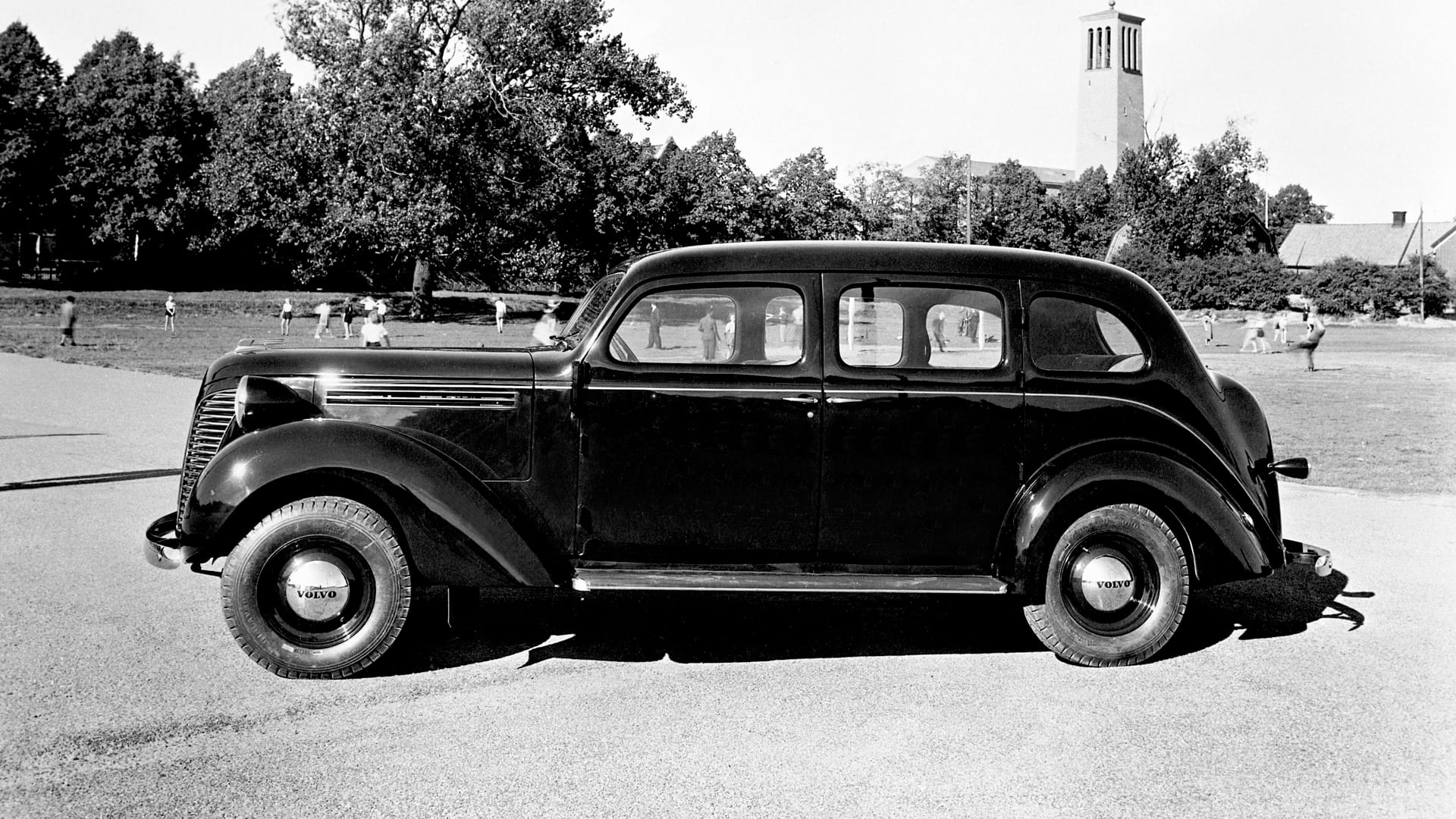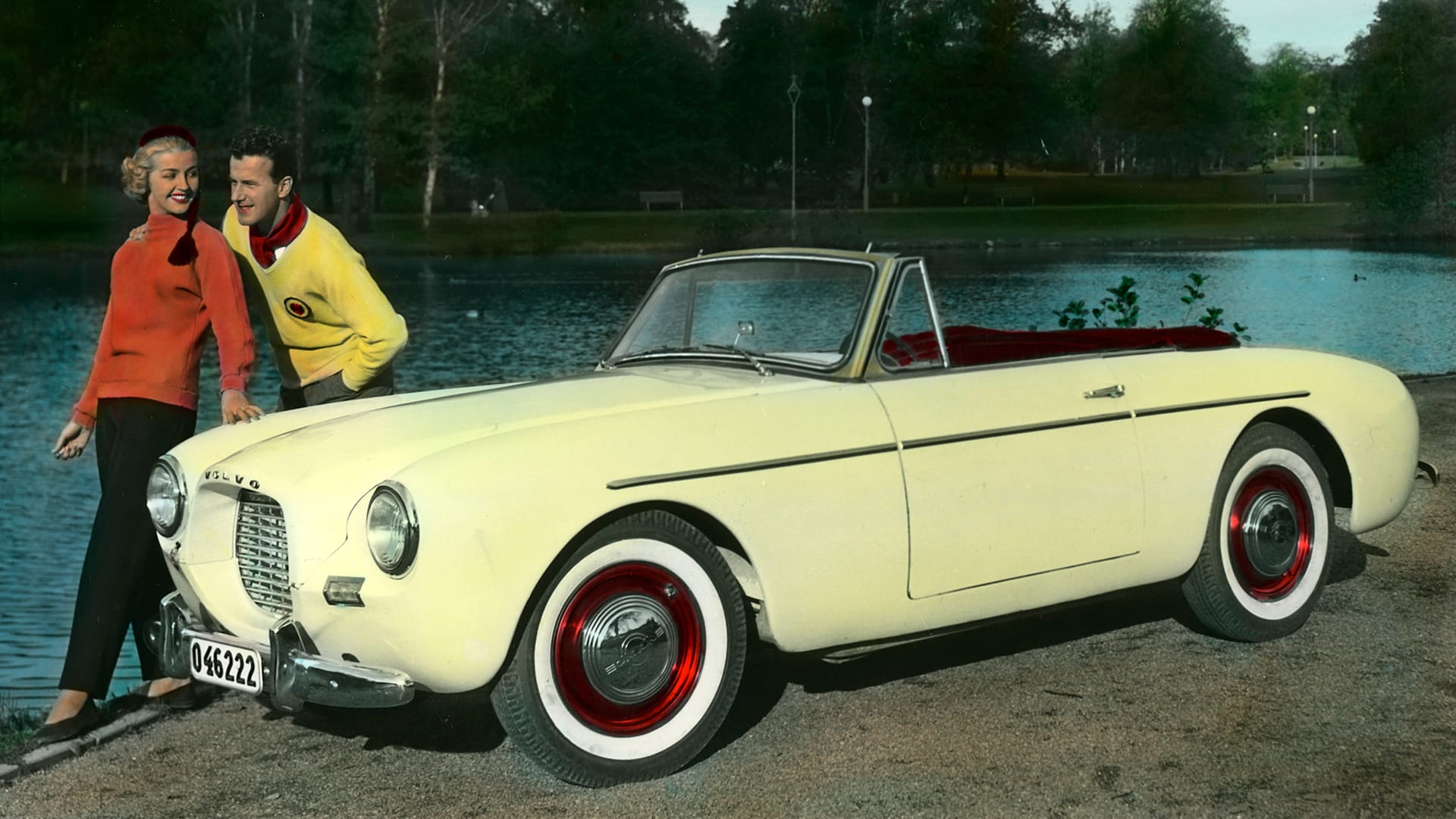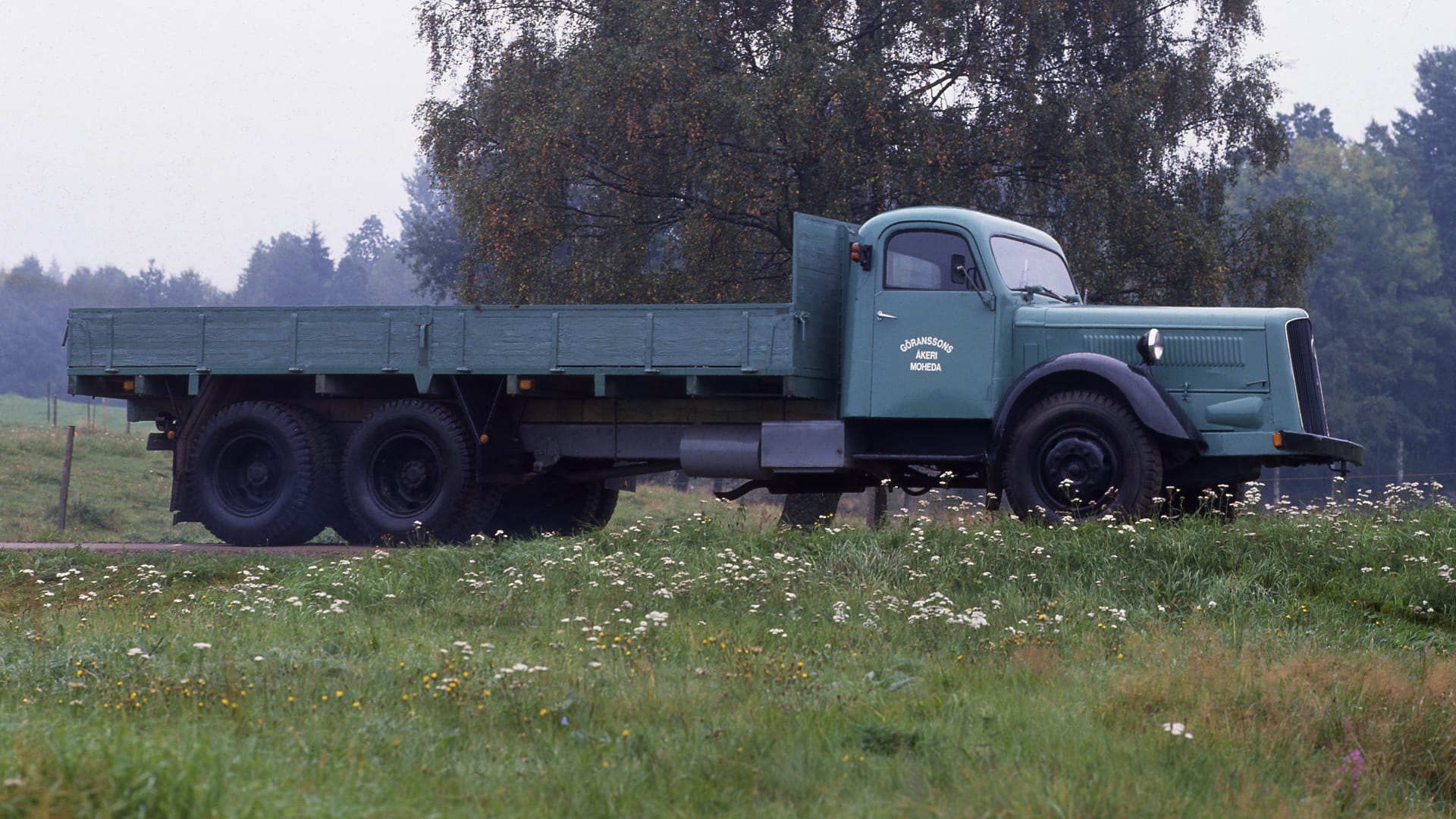Volvo PV36 Carioca
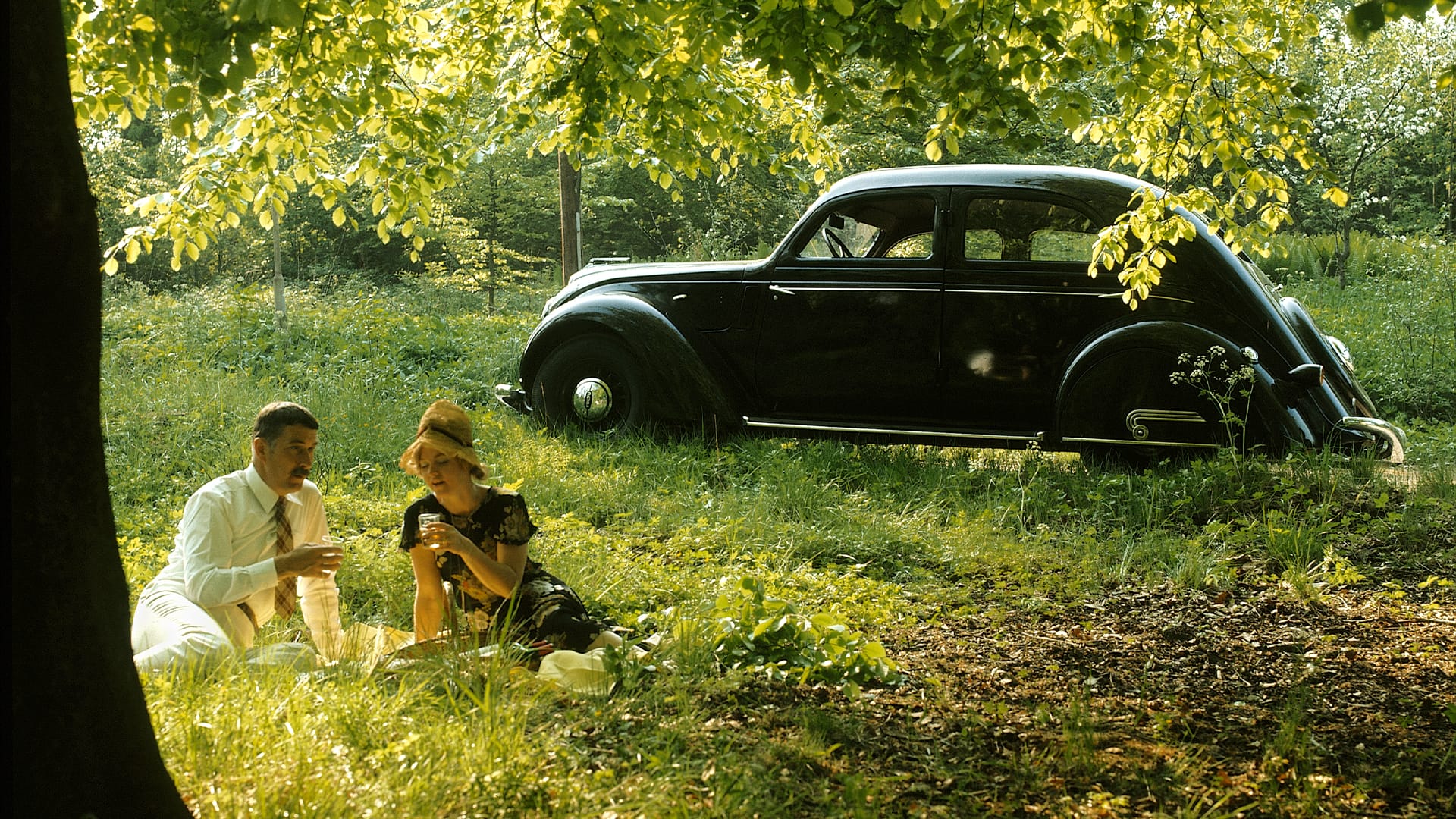
A dance with streamlines
Considering that only 500 cars of the Carioca model were sold, it has remarkably secured a significant place in history. Primarily, it's about the design. When PV36, formally known as The Model, was launched in 1935, the trend of streamlined body and integrated headlights had been initiated by the company Hupmobile Aerodynamic.
Behind Volvo's version stands Ivan Örnberg, who had previously worked at Hupmobile and is persuaded to join Volvo, where he independently creates the Carioca.
However, customers are indifferent to the new design trend: it took three years to get rid of the 500 built cars. How the car got the nickname Carioca, which is both a dance and a nickname for the inhabitants of Rio de Janeiro in Brazilremains a mystery.
In motion
PV36, "Carioca," is an excellent example of the Streamline Moderne design trend. It's also called "Art Deco in motion" and is often used in relation to transportation: cars, trains, buses, bus and train stations, airport terminals, roadside diners, and port buildings. The design is sleek with many horizontal lines and rounded shapes. Several American car manufacturers jump on the trend, with one of the first and most typical being the Chrysler Airflow from 1934.
Strong trend
Swede Ivan Örnberg worked in the USA for some time, including at Hupp Motor Company in Detroit. Their brand Hupmobile launches a model in the new trend, aptly named Aerodynamic, designed by the design guru Raymond Loewy. It's highly likely that Ivan Örnberg becomes aware of a series of streamlined cars that are entering the American market when he eventually returns home to Sweden to kick-start Volvo's car production.
Secret project
He undertakes the PV36 project entirely on his own, serving as both technical and design chief. He keeps Volvo's founders and strongmen, Assar Gabrielsson and Gustaf Larsson, out of the loop. Only when a wooden model is finished they get to see the car. Later, Gustaf Larsson becomes the owner of a PV36, with chassis number 85, driving it for three years. It has remained untouched since then.
Heavy carriage
Technically, "Carioca" is not as innovative as its design. The car is built on a heavy frame, almost like a truck. The body is made of steel sheet for the first time, mounted on a sturdy wooden frame. By piercing holes in it, the weight could be reduced slightly. However, the roof is made partly of pegamoid (artificial leather) because the presses in Olofström, where the car's sheet metal is manufactured, cannot produce such large pieces. This makes "Carioca" a considerably heavier car than many competitors, who increasingly begin to use self-supporting bodies andequip their cars with powerful V8 engines - while "Carioca" gets the well-known EC engine, a side-valve six-cylinder of 3.67 litres and 80-84 hp.
Comfortable front axle
The gearbox has three gears and lacks freewheel. However, the chassis is more advanced. The front axle is divided into something called a link parallelogram, which provides good comfort but is expensive to manufacture. "Carioca" becomes Volvo's only 1930s model with independent front suspension. That solution is scrapped due to cost reasons. The rear axle has leaf springs and anti-roll bars.
The car is spacious. The wheelbase is 295 cm, the rear seat is extra wide, and there is room for six passengers, three of whom in the front seat. In addition to the bold design and high weight, which provides moderate performance, sales are hindered by the price: 8,500 kronor. It is very high, both compared to other Volvo models and competitors' cars. Therefore, sales are slow. "Carioca" is presented in March 1935, but the last cars are not delivered until the middle of 1938.
Why Carioca?
The explanation for the name "Carioca" – or perhaps the explanations – is not entirely clear. Carioca is, for example, a common nickname for the inhabitants of Rio de Janeiro, Brazil. Carnaval Carioca is also the Portuguese name for the carnival in Rio. "Carioca" is also a song and, notably, a dance in the Hollywood movie "Flying Down to Rio" from 1933, starring Fred Astaire and Ginger Rogers. This is actually the first time Astaire and Rogers dance together, with their foreheads pressed together. The song is sung by Alice Gentle, Movita Castaneda, and Etta Moten and is later nominated for an Oscar. How "Carioca" subsequently becomes the name of a car from Gothenburg is actually unknown.
